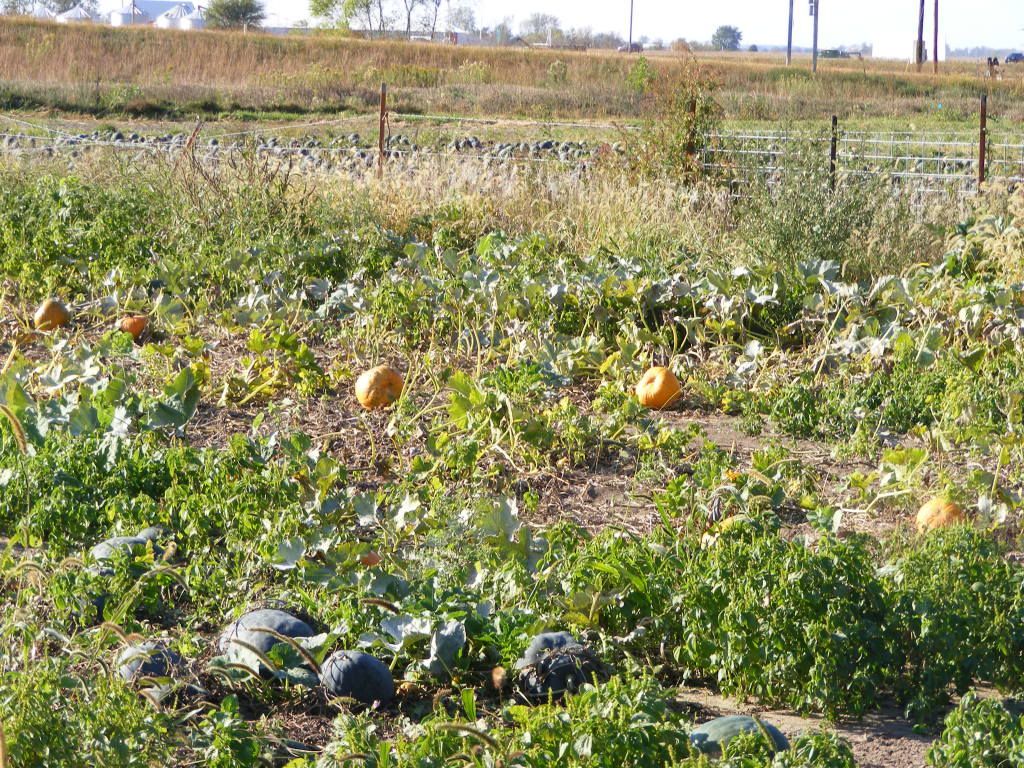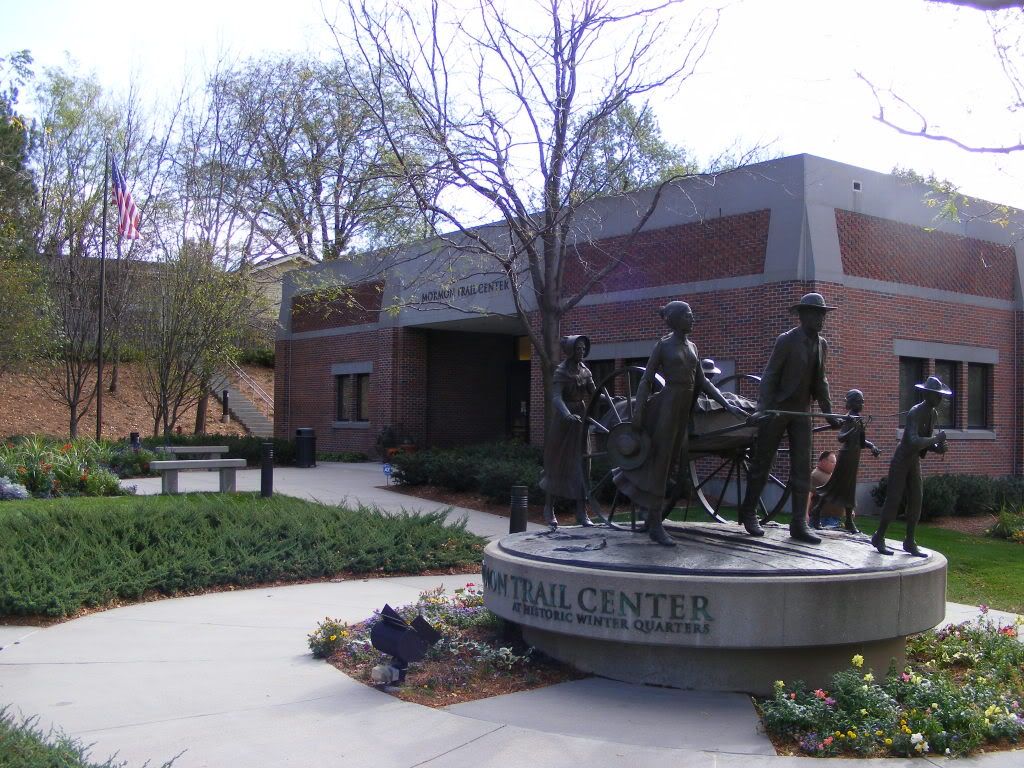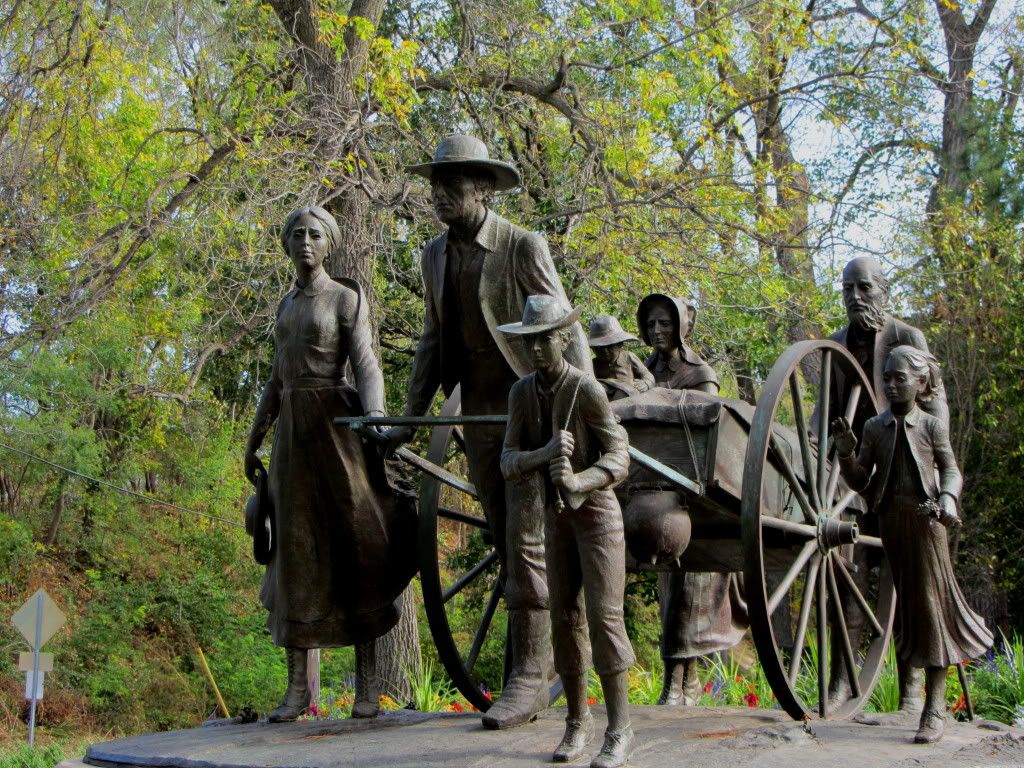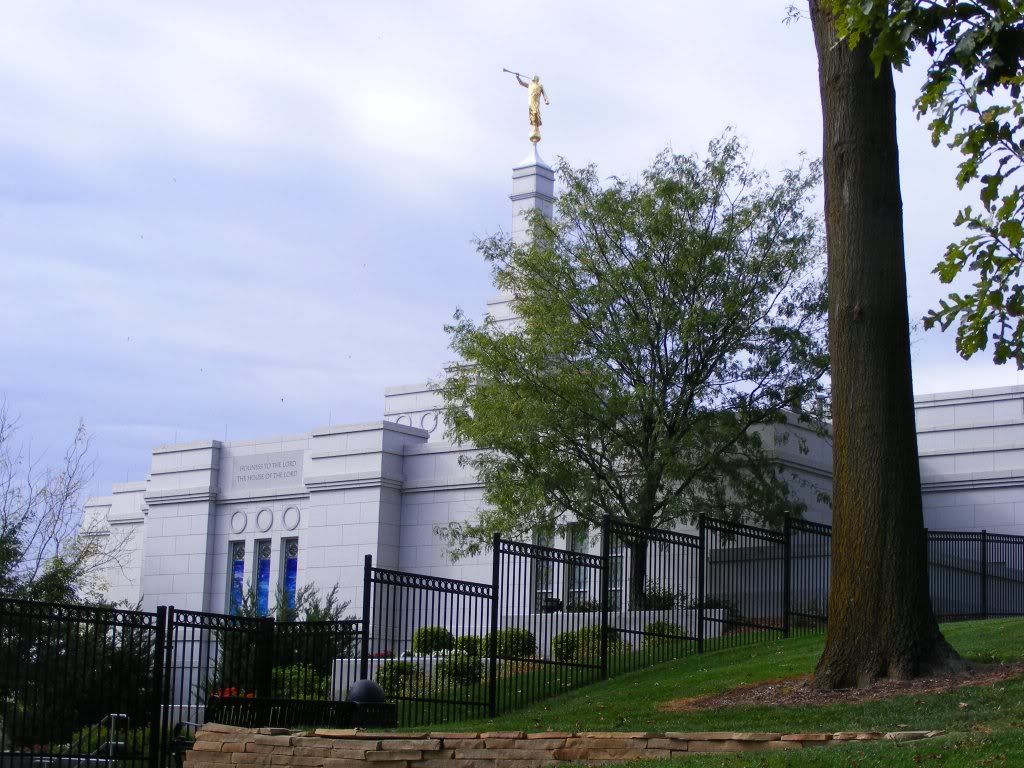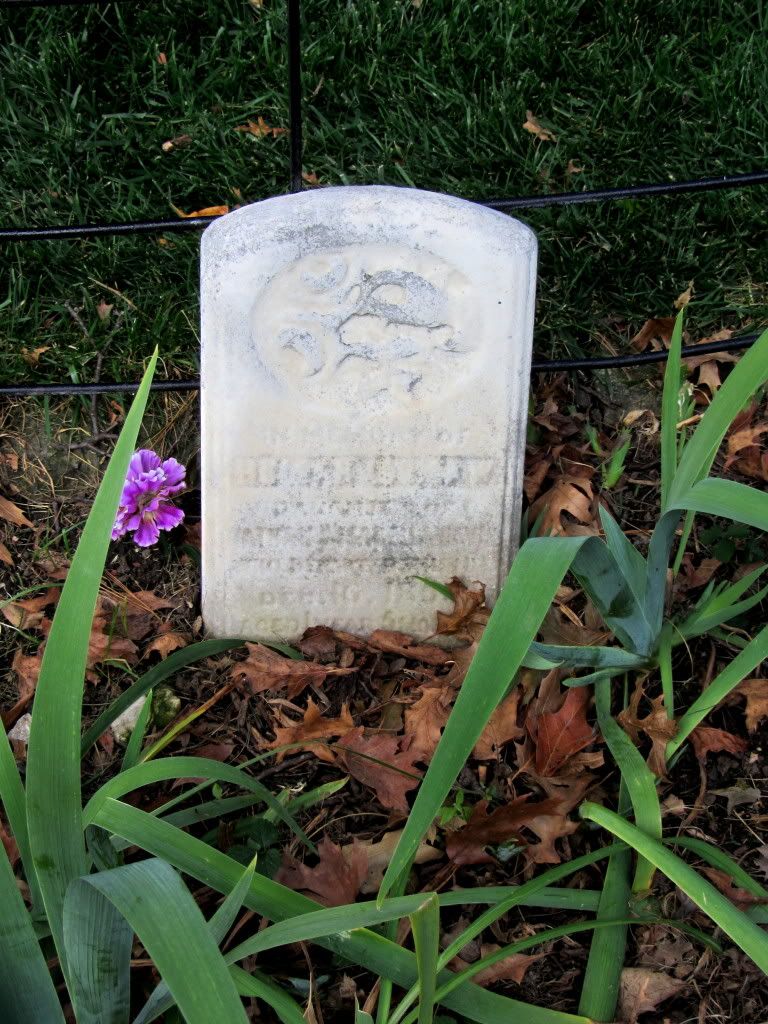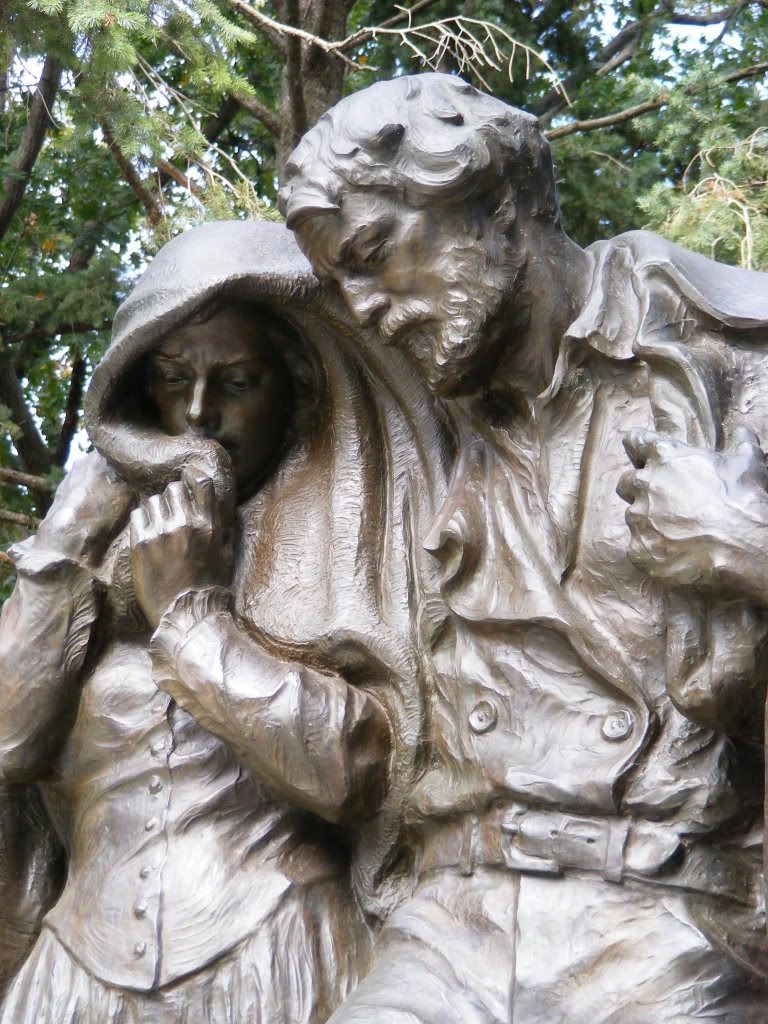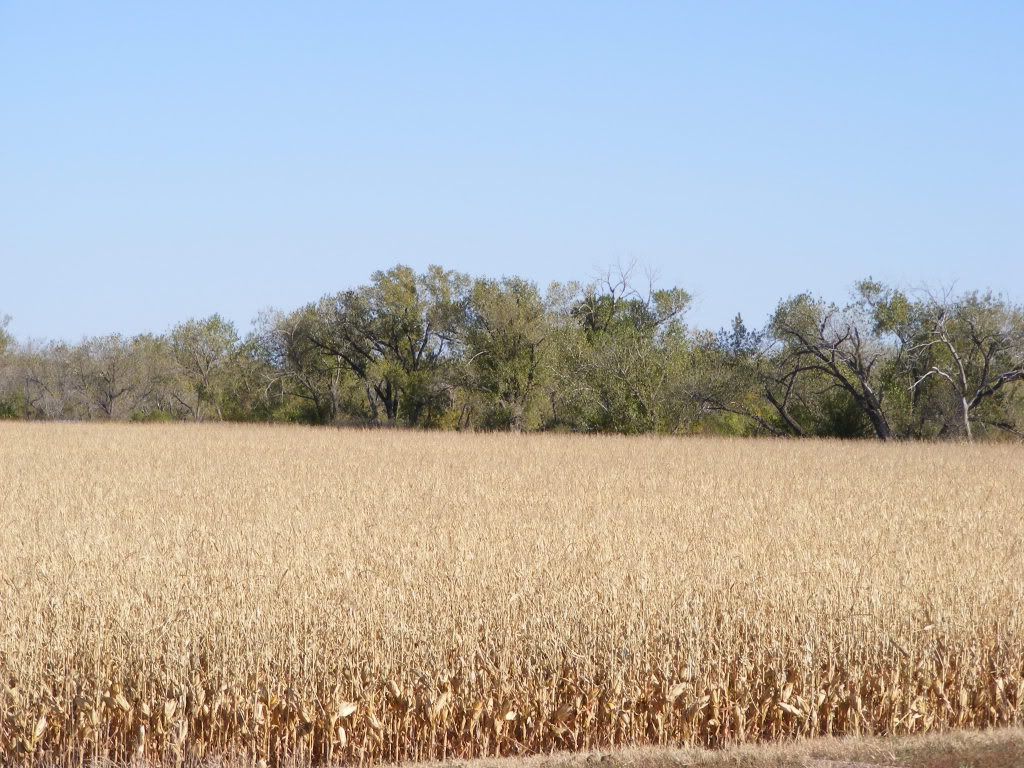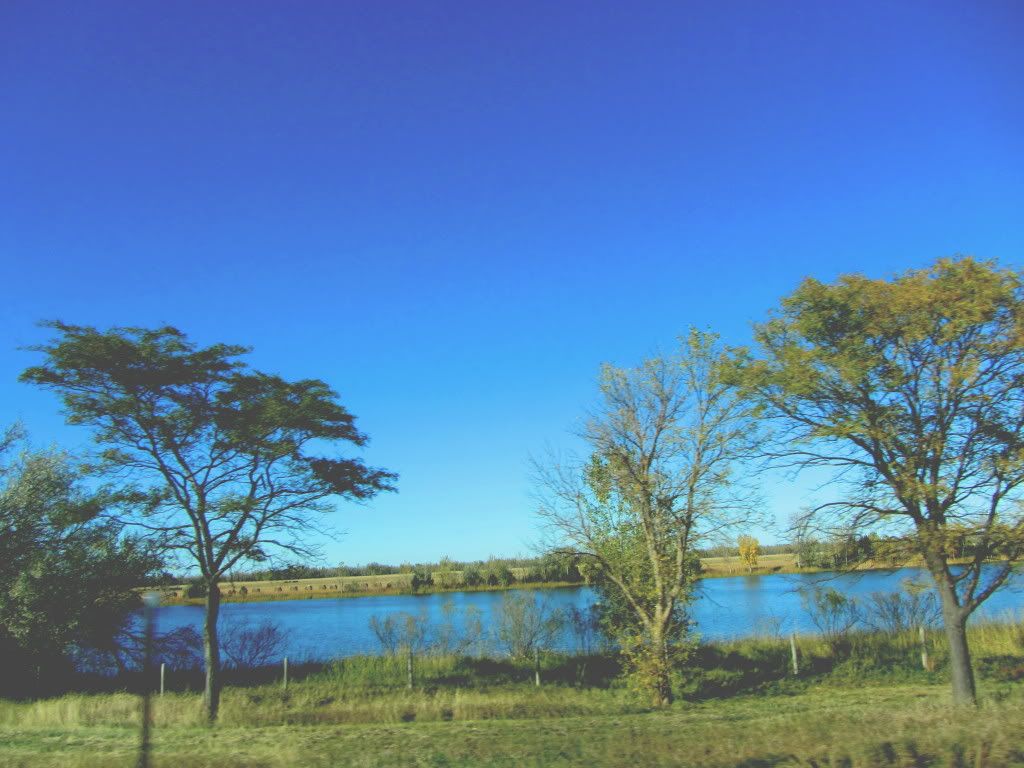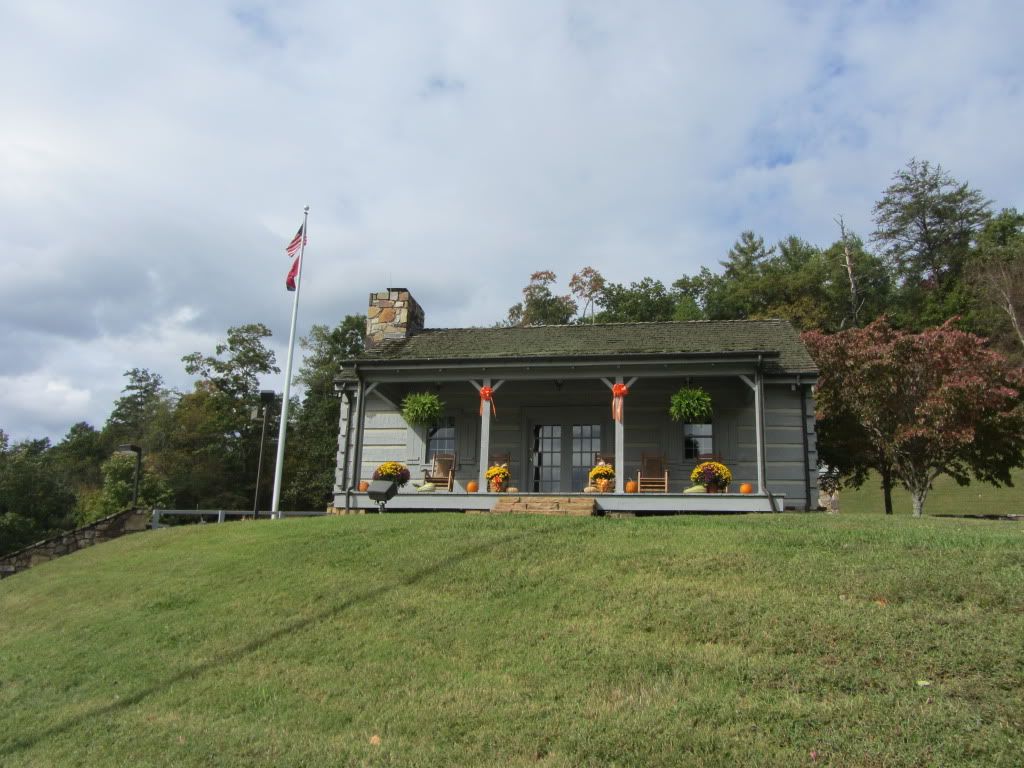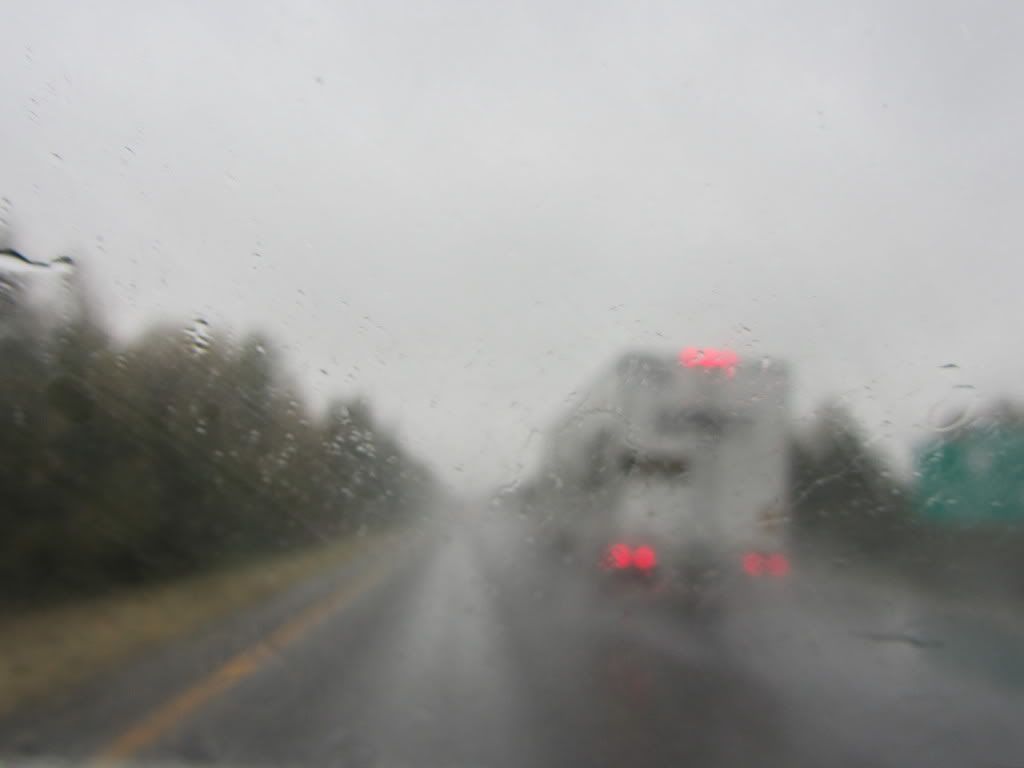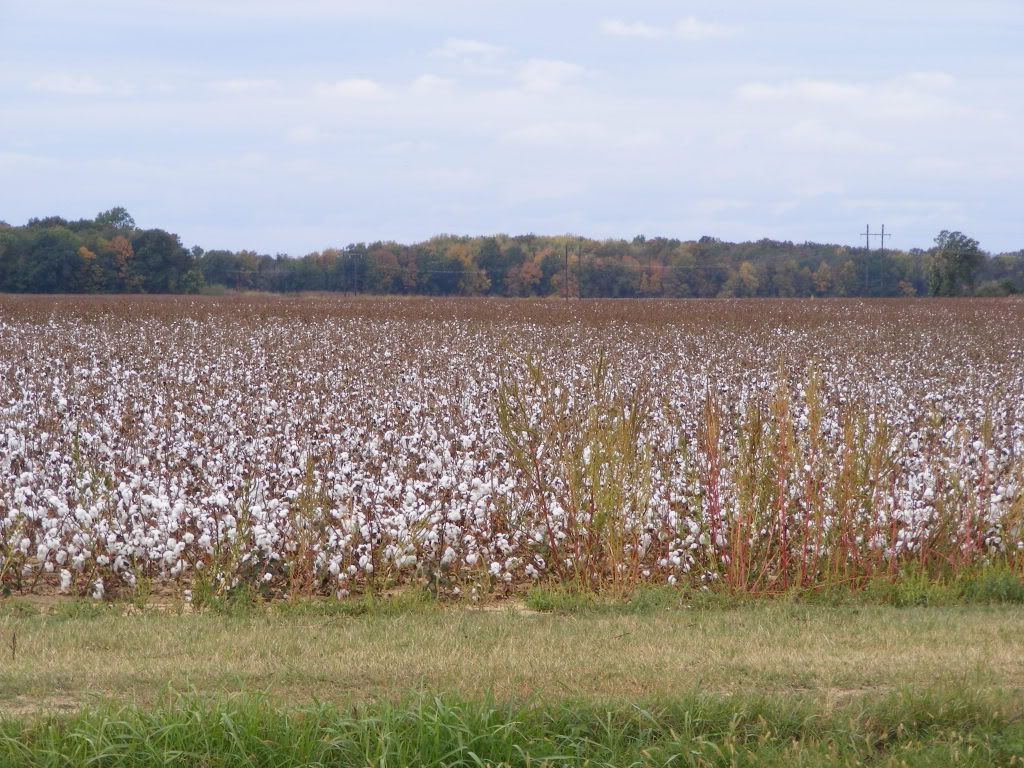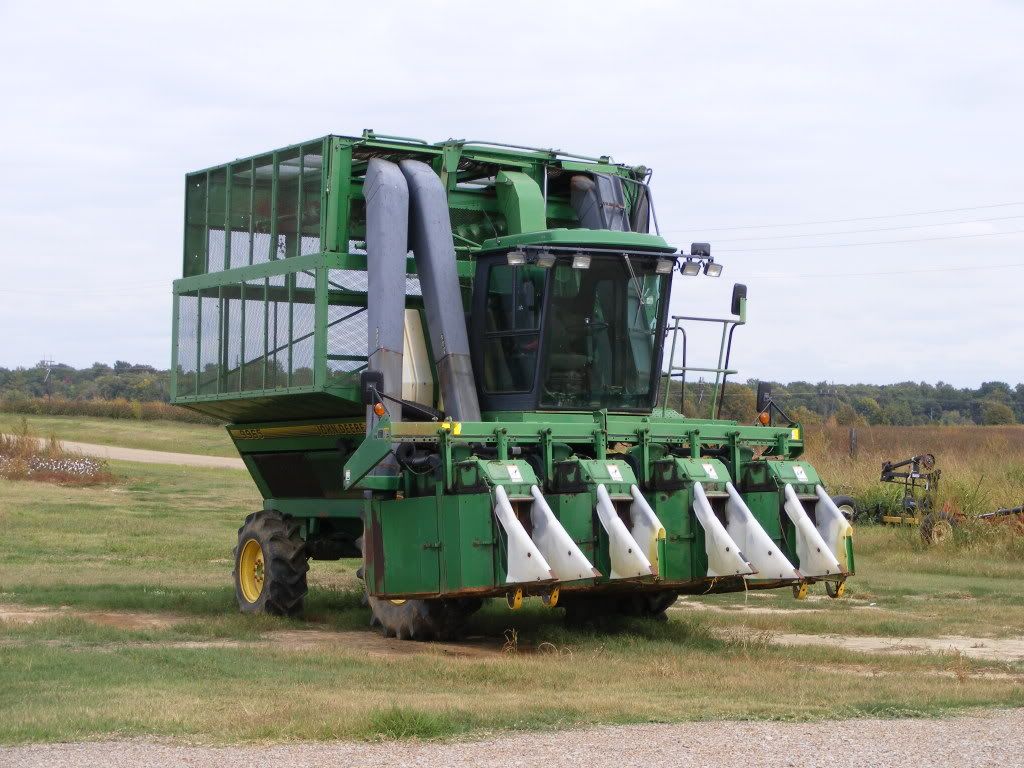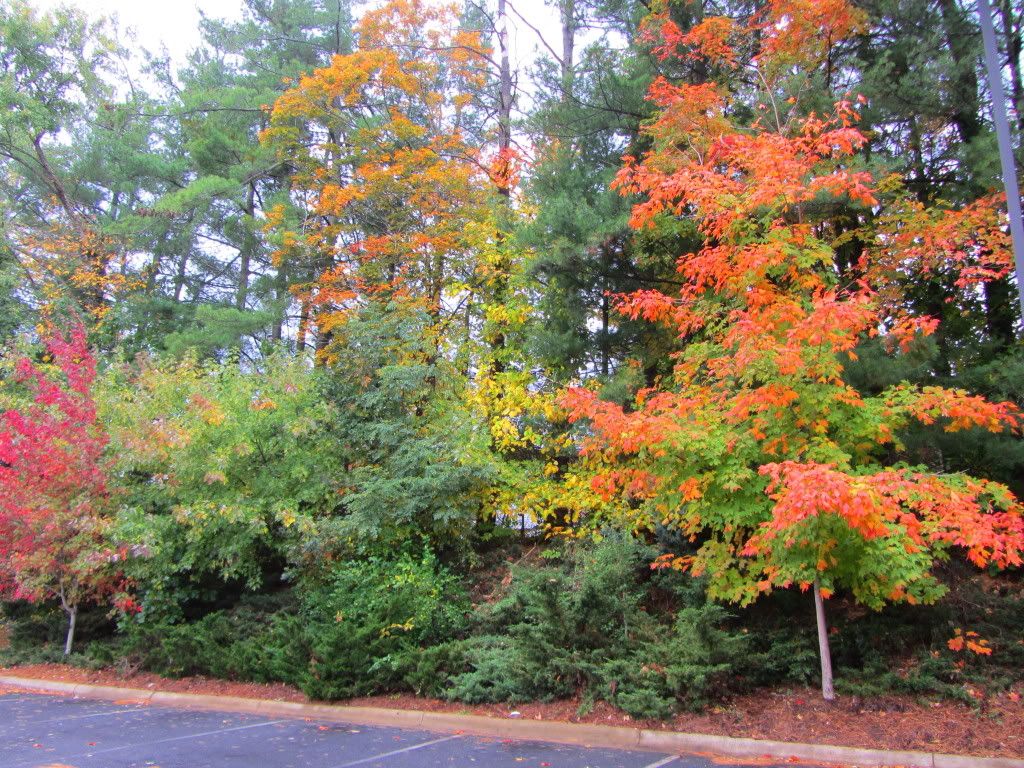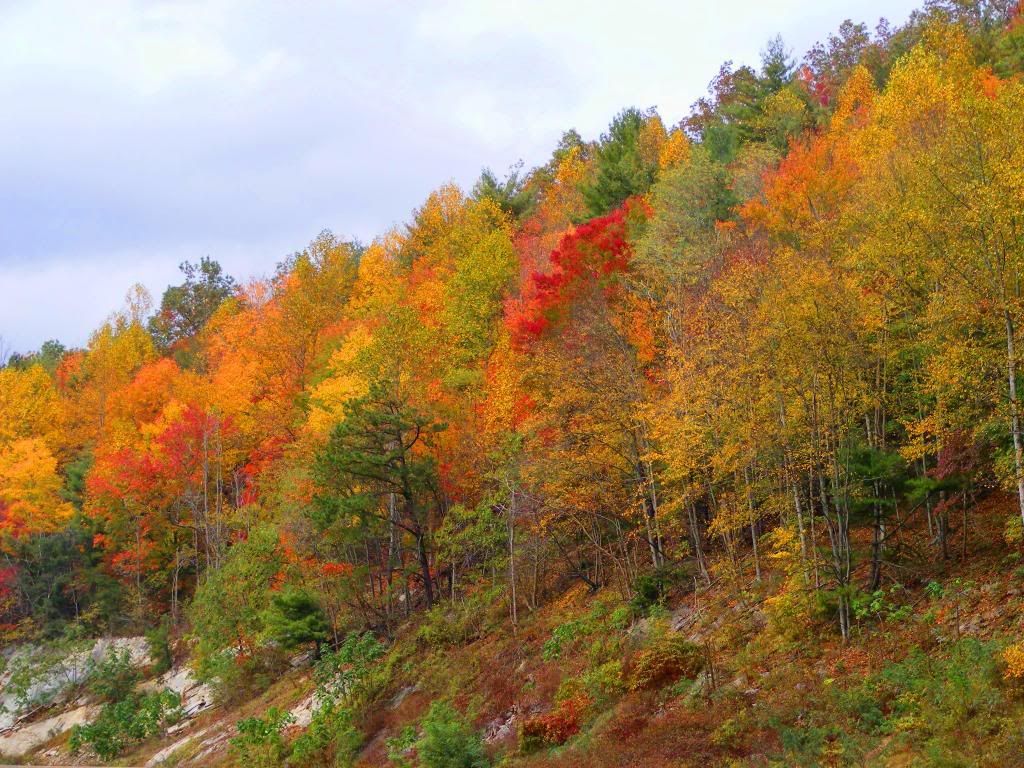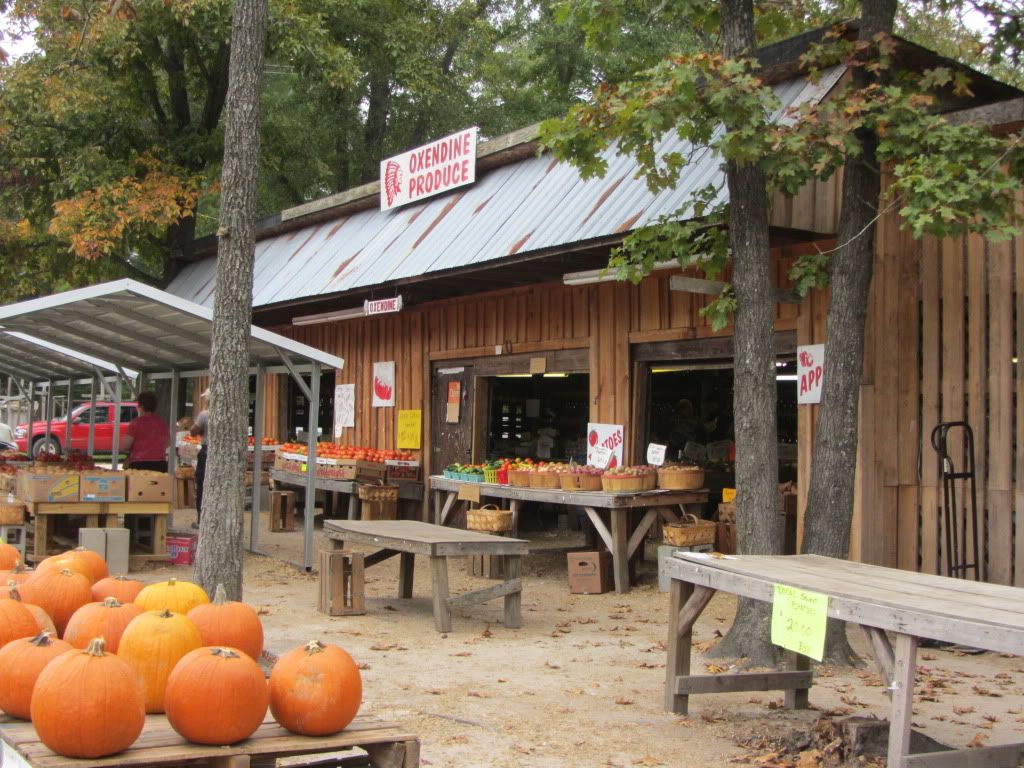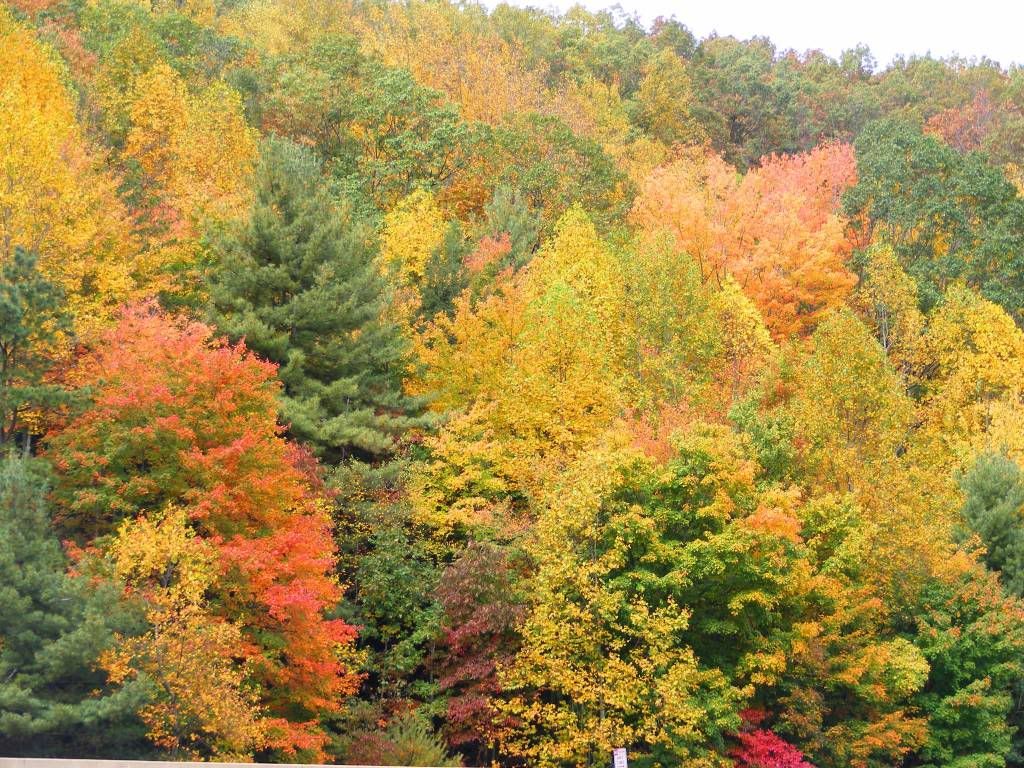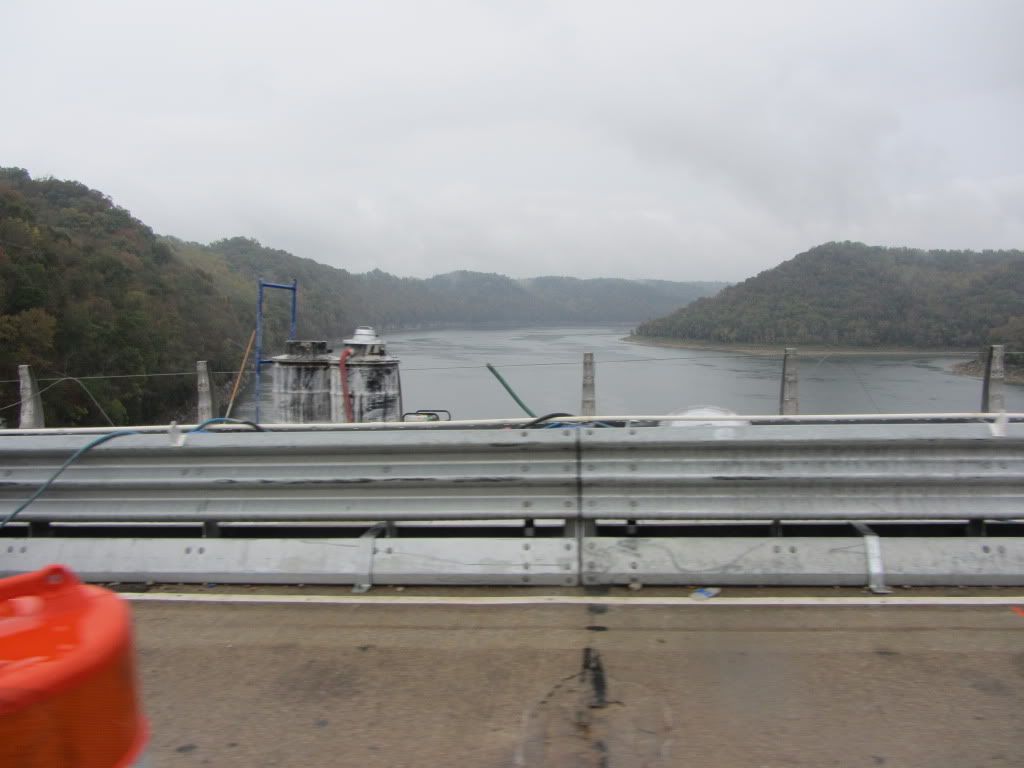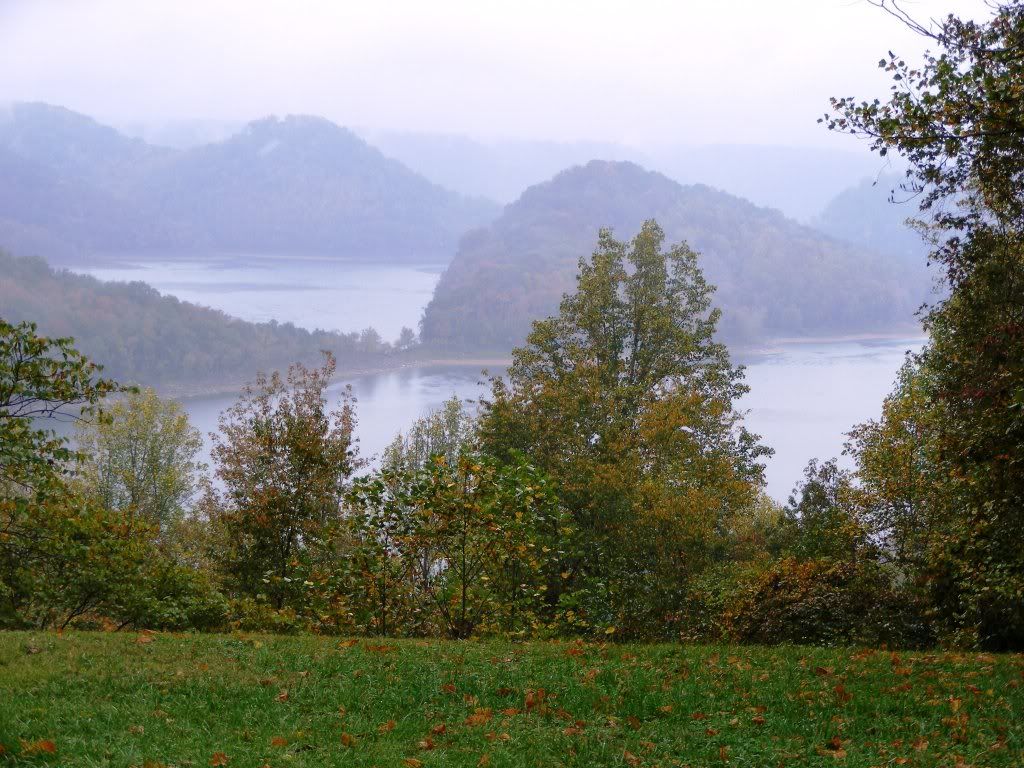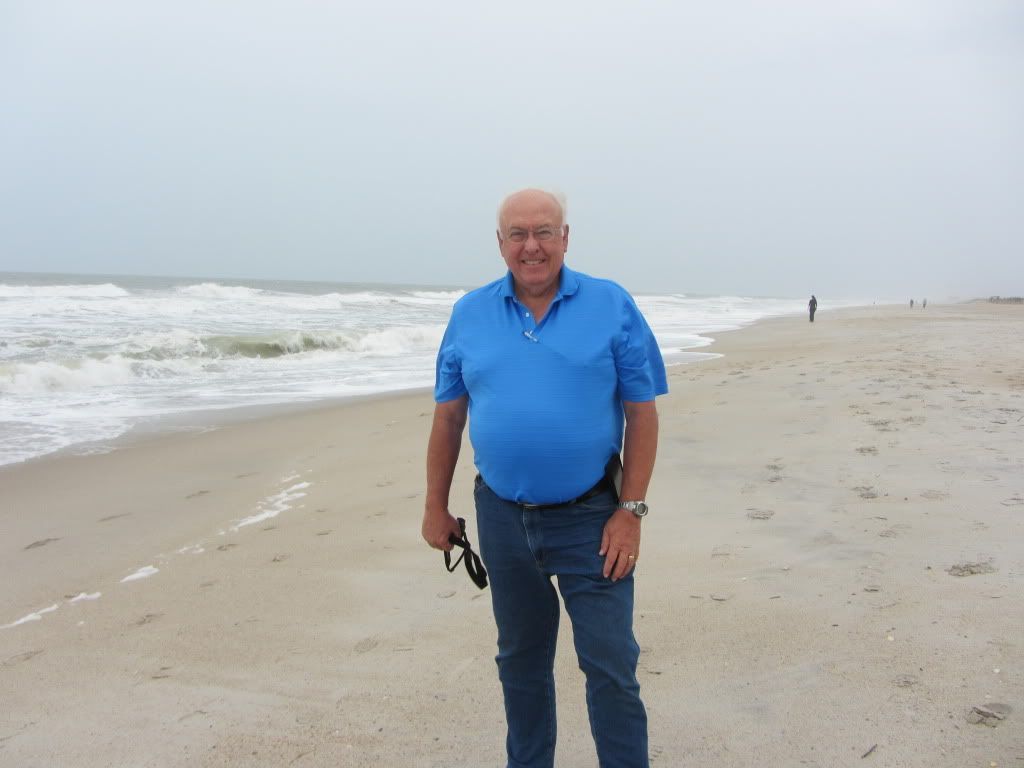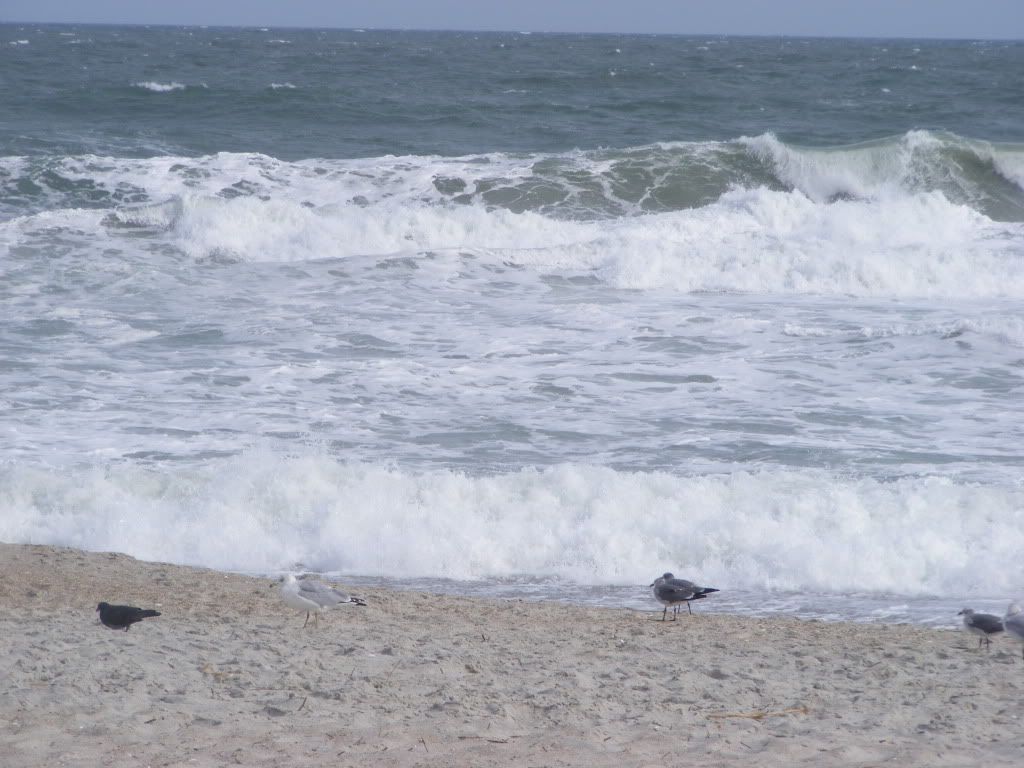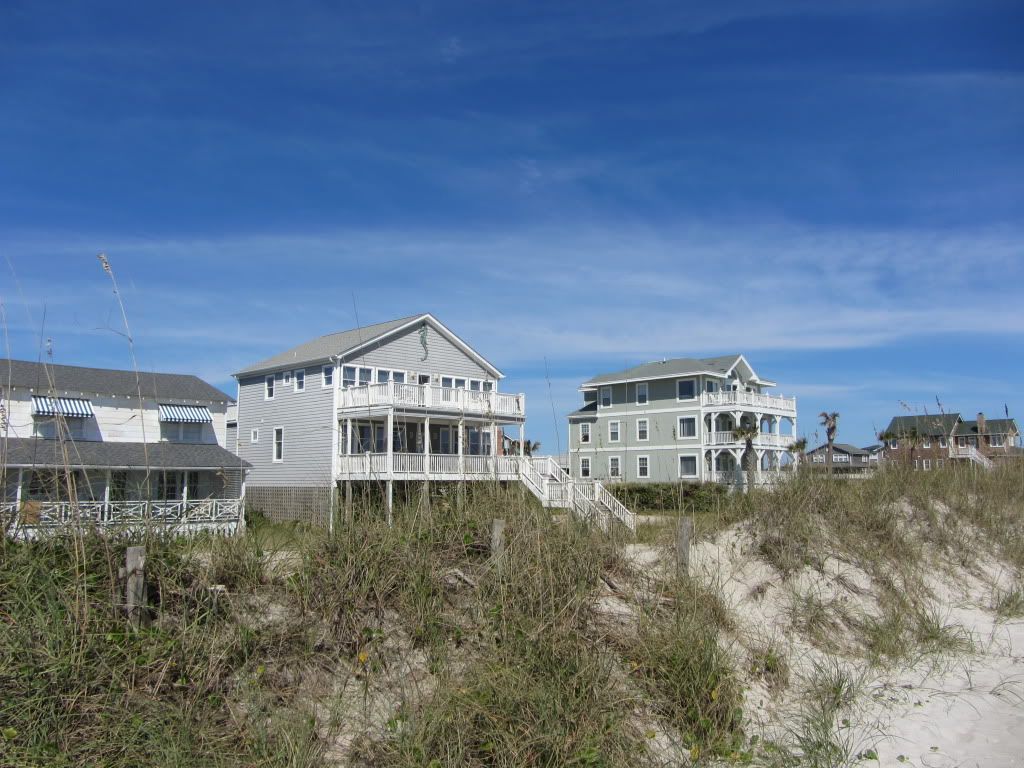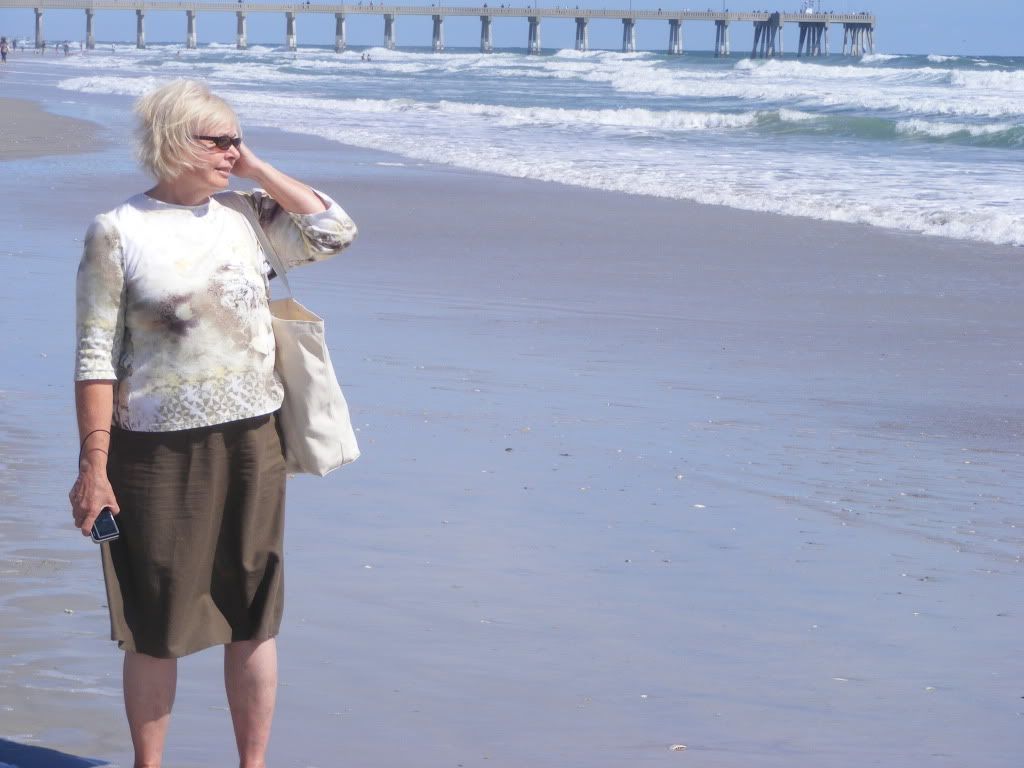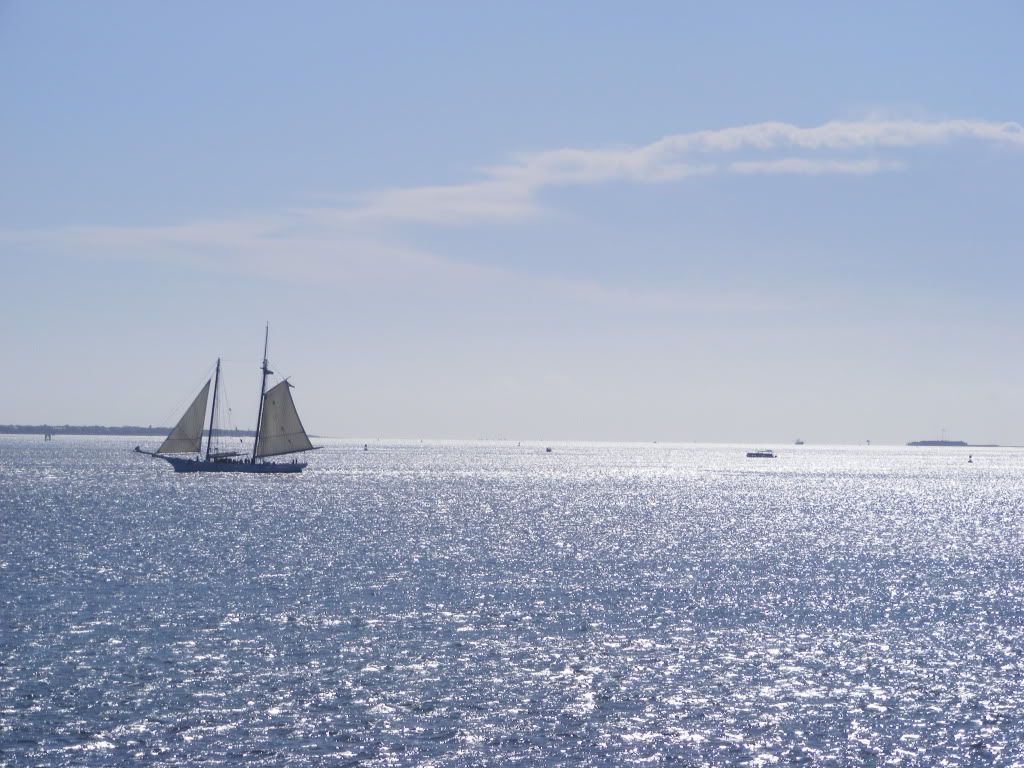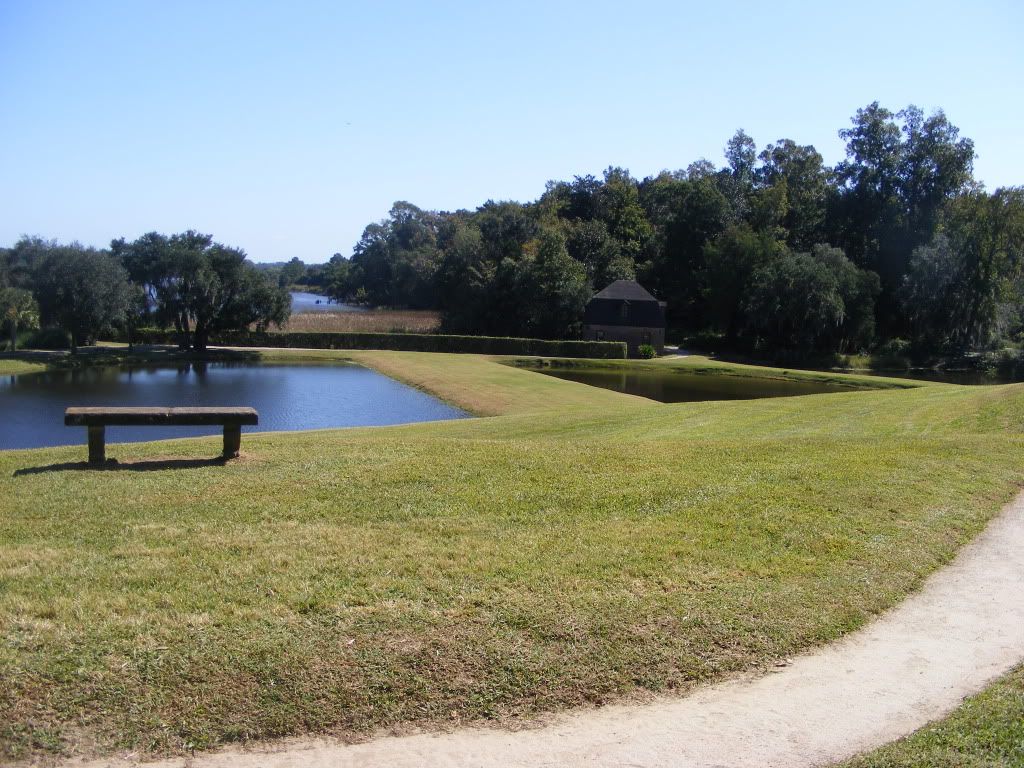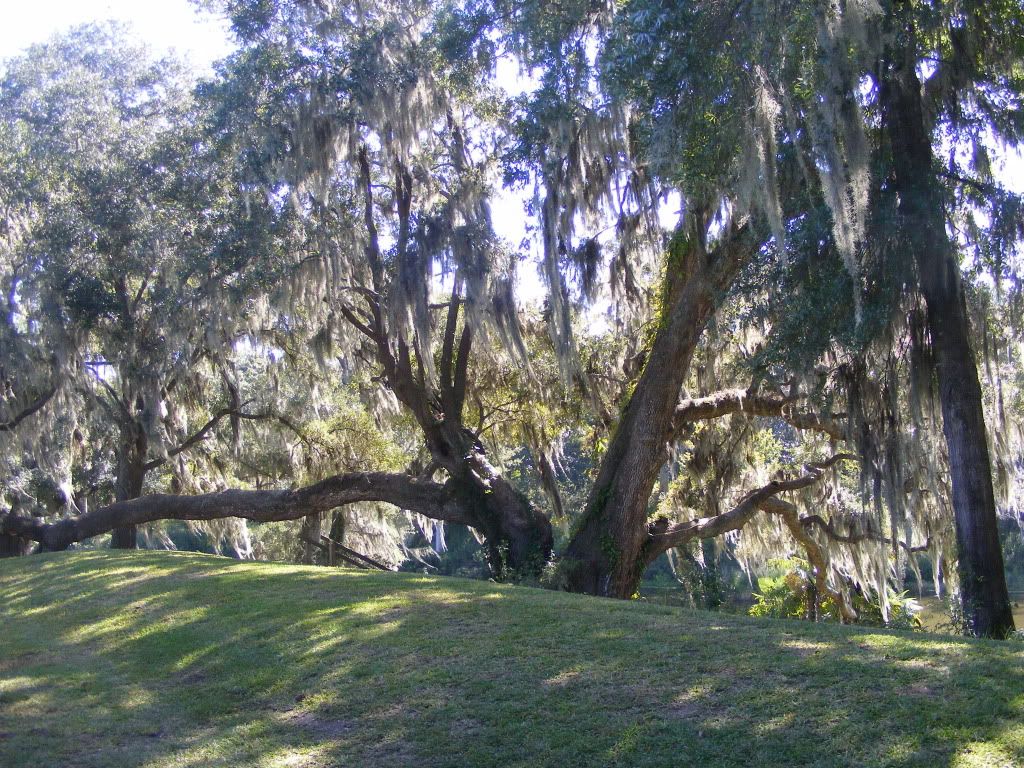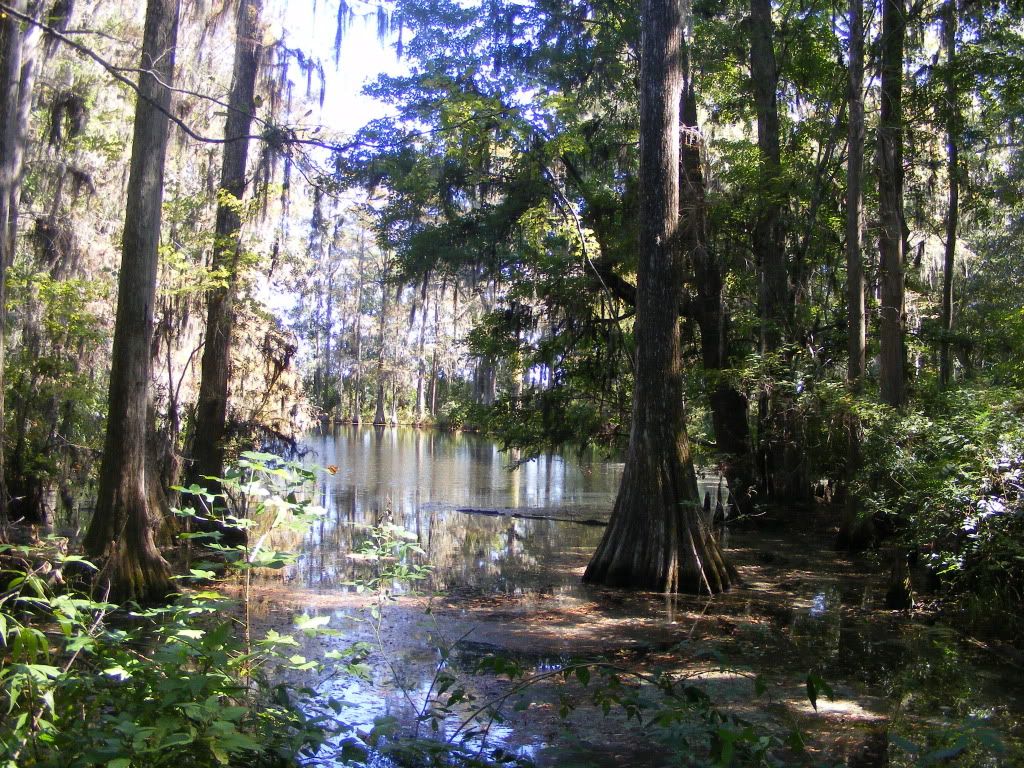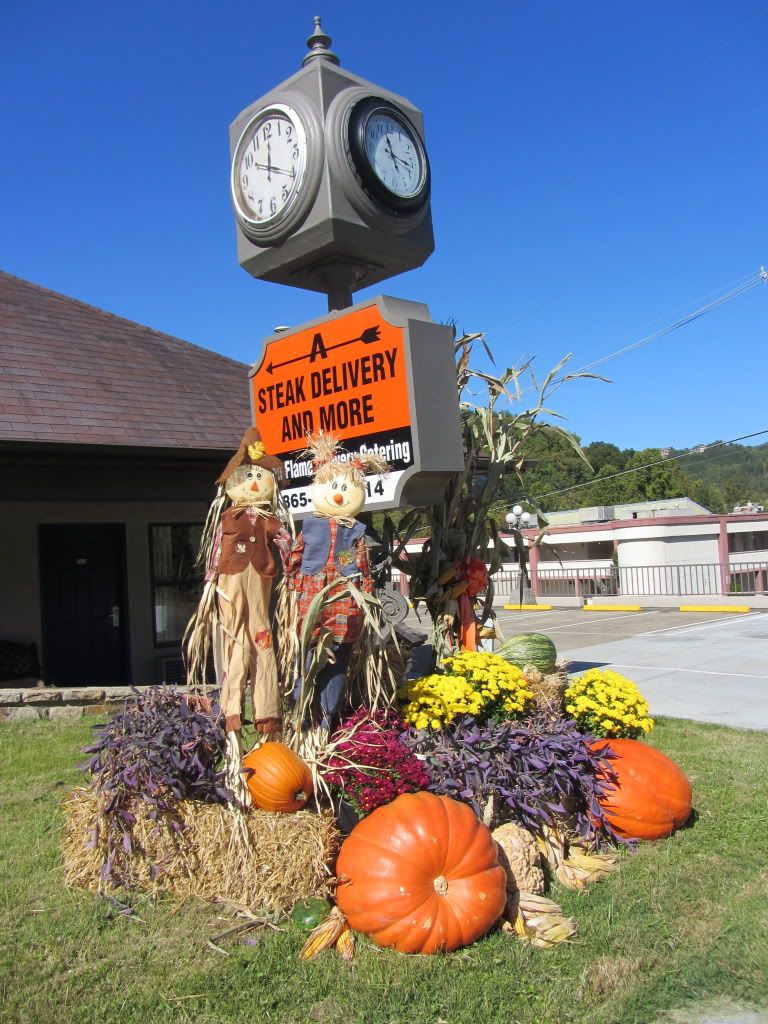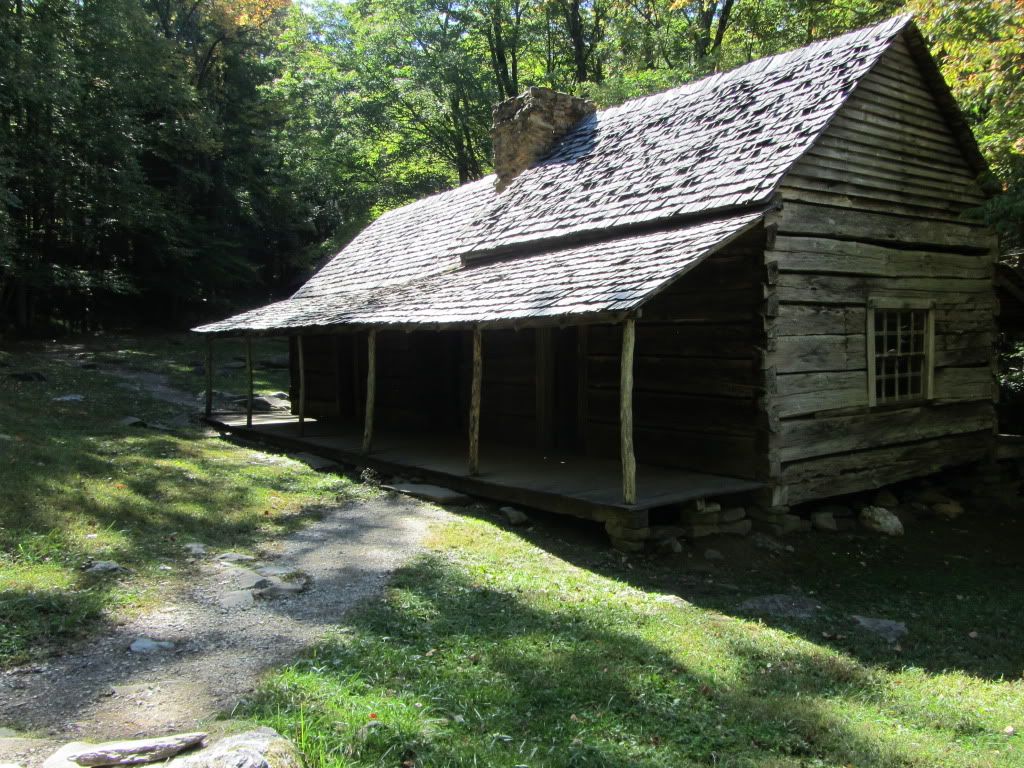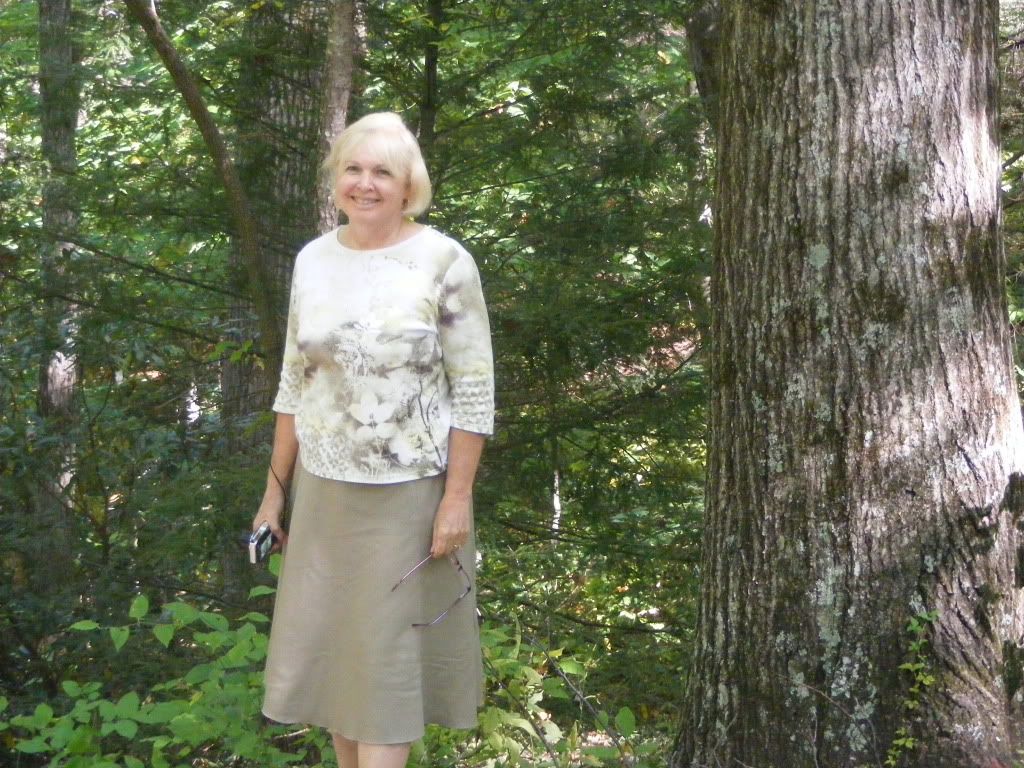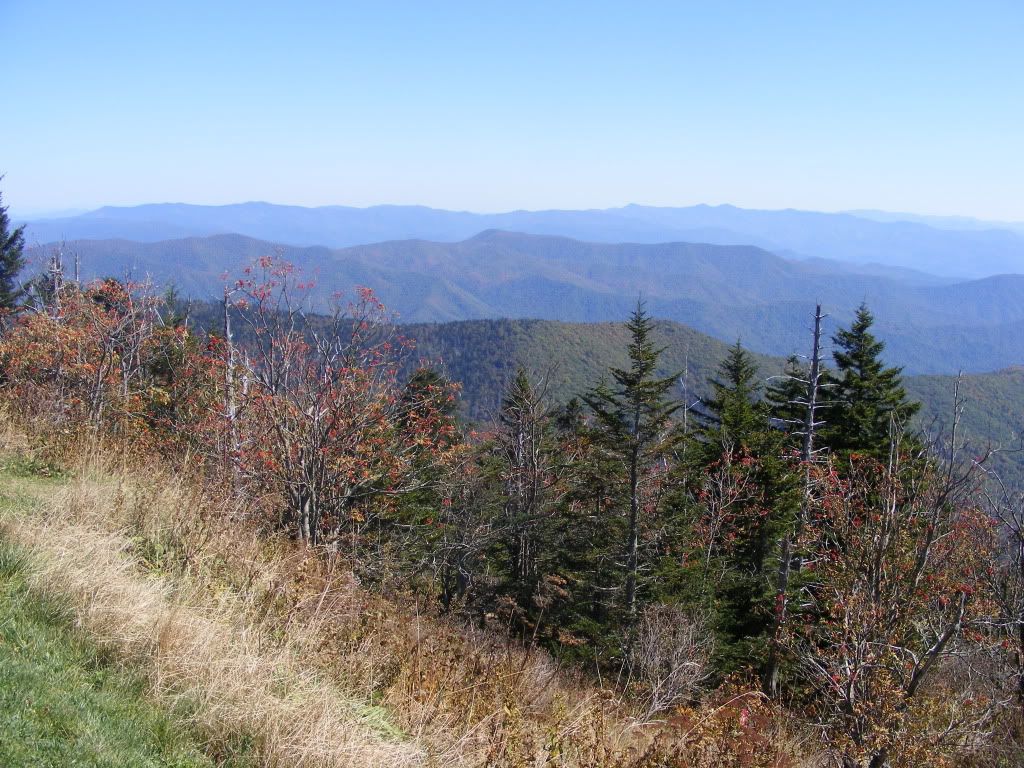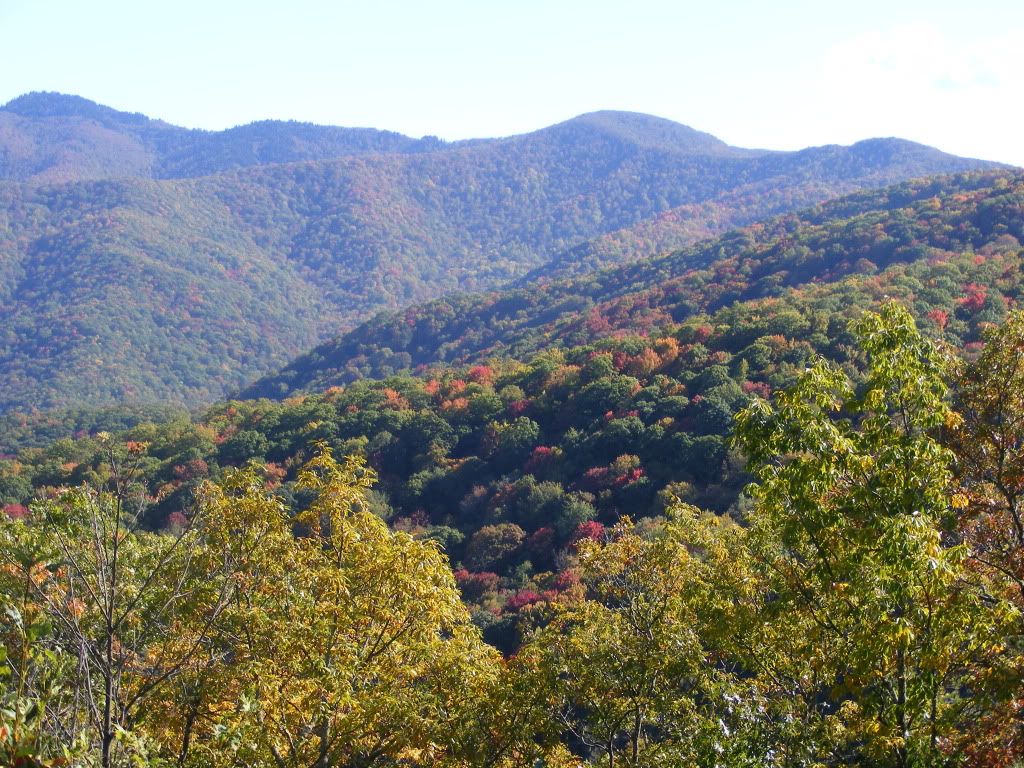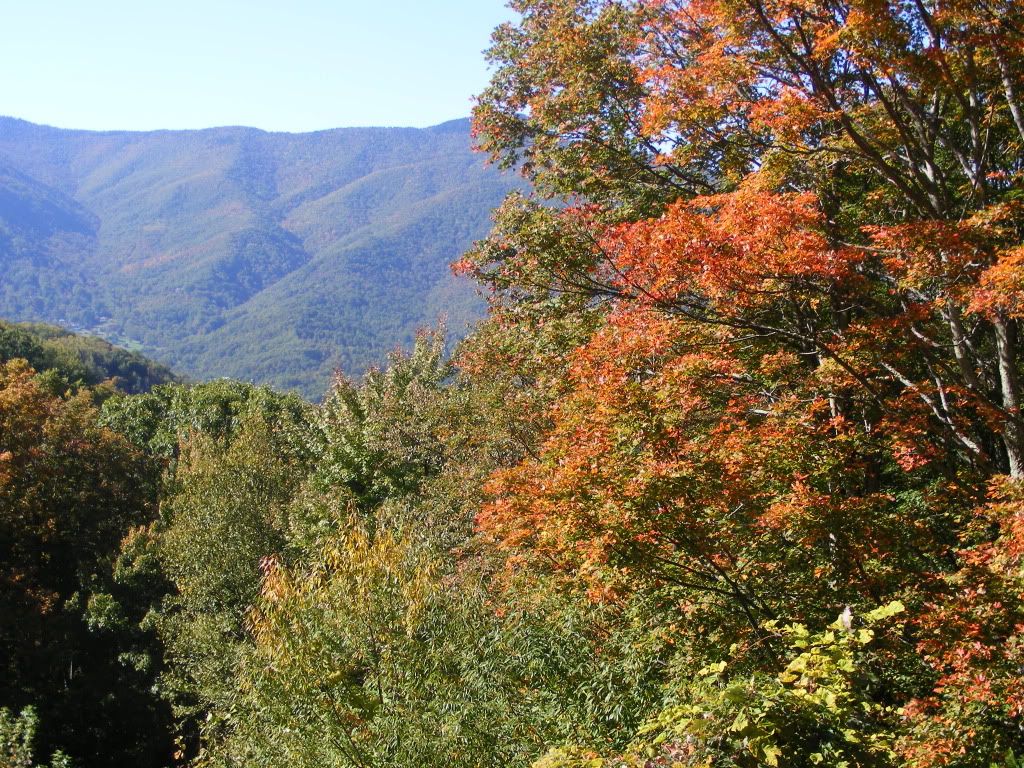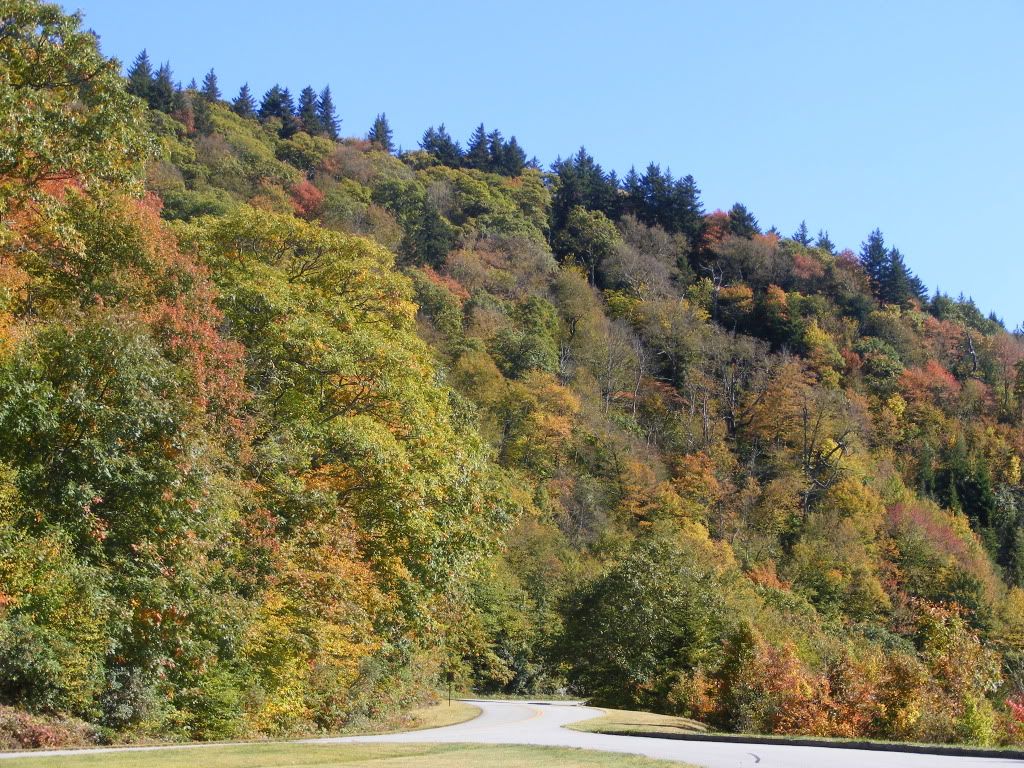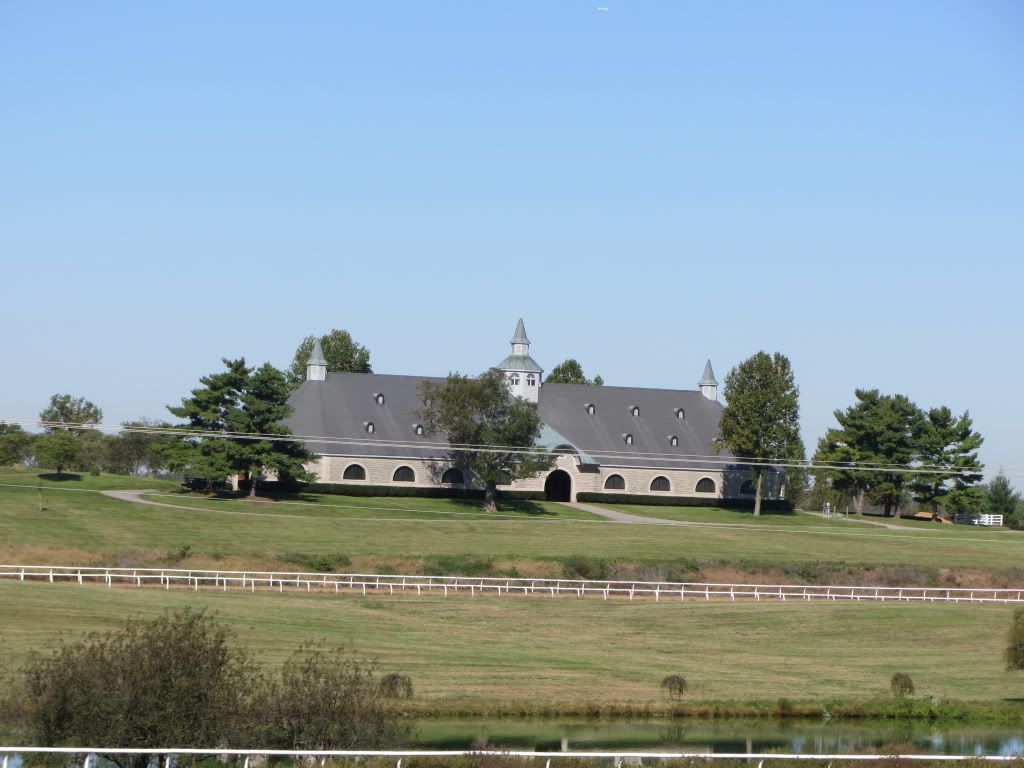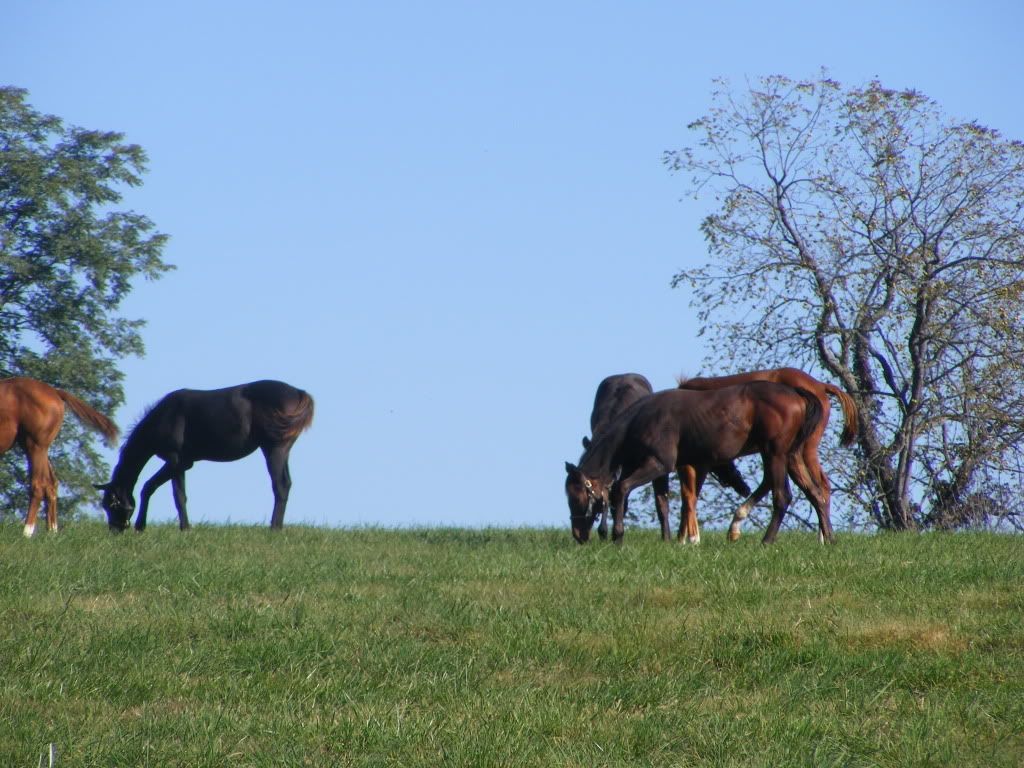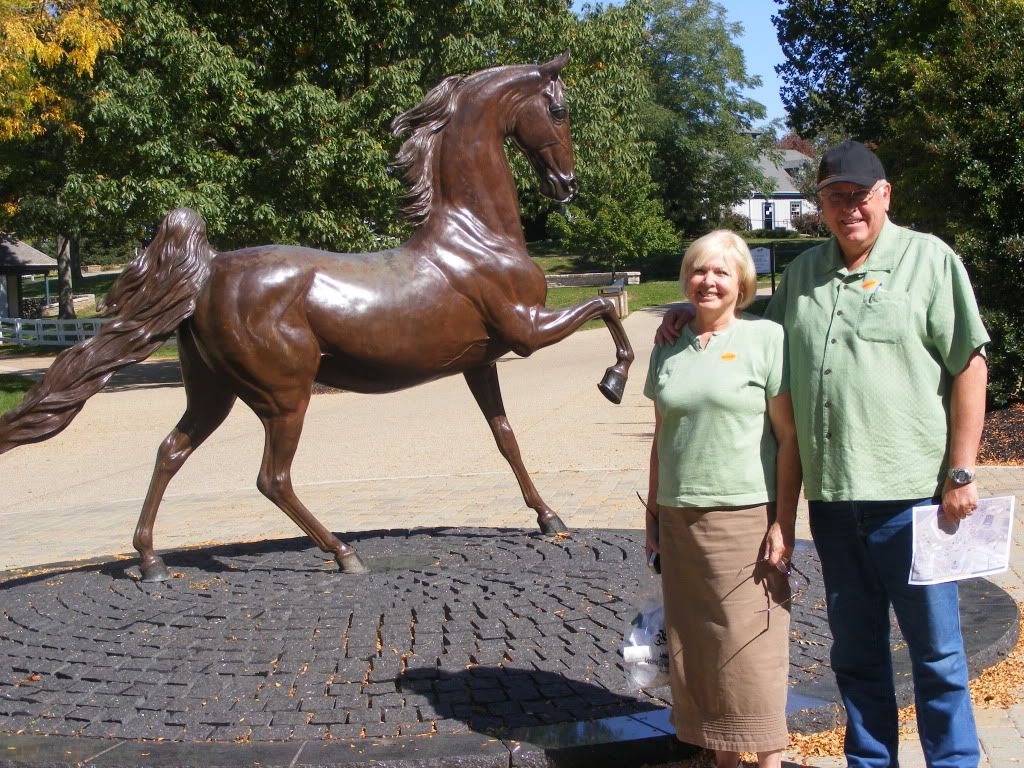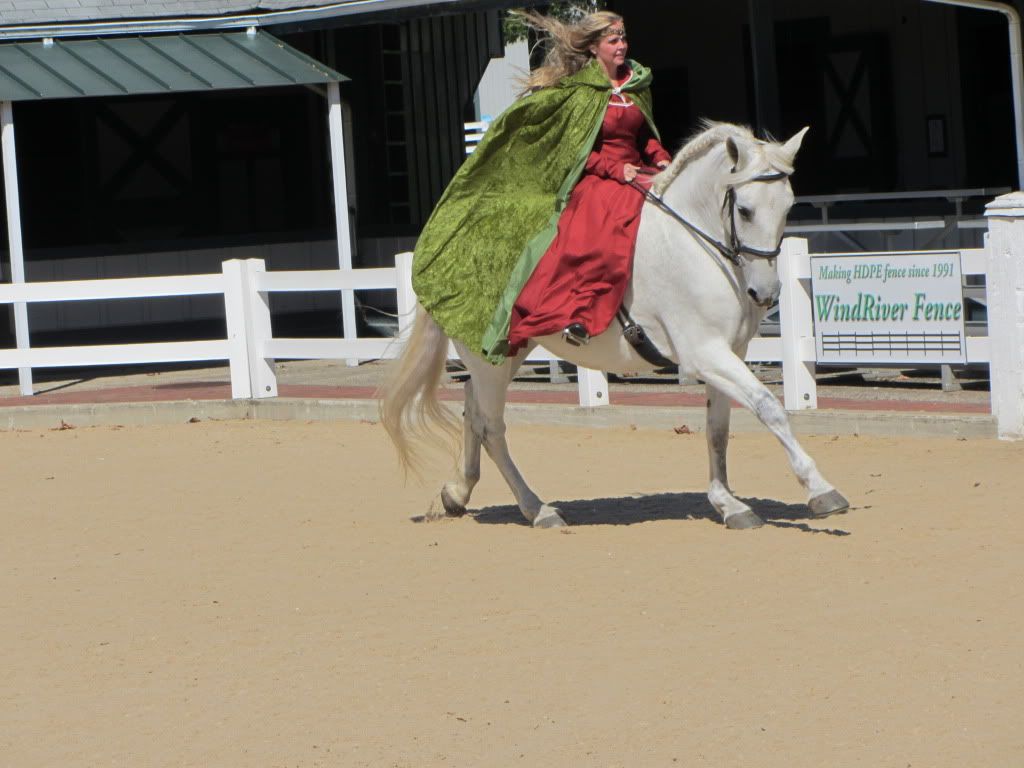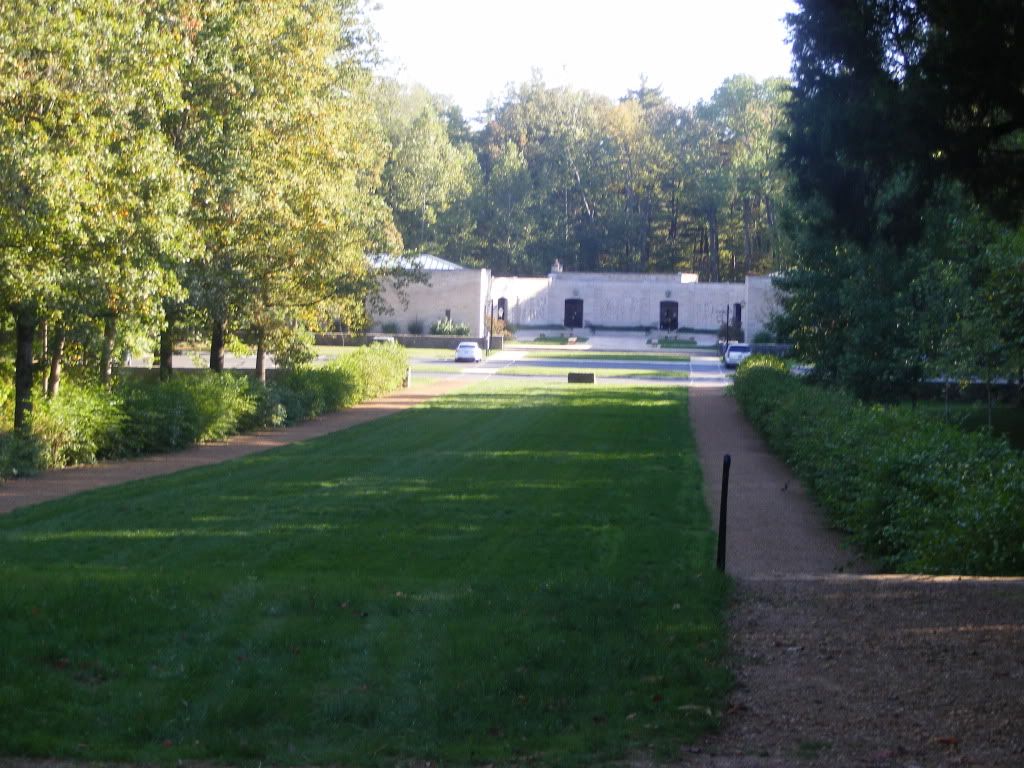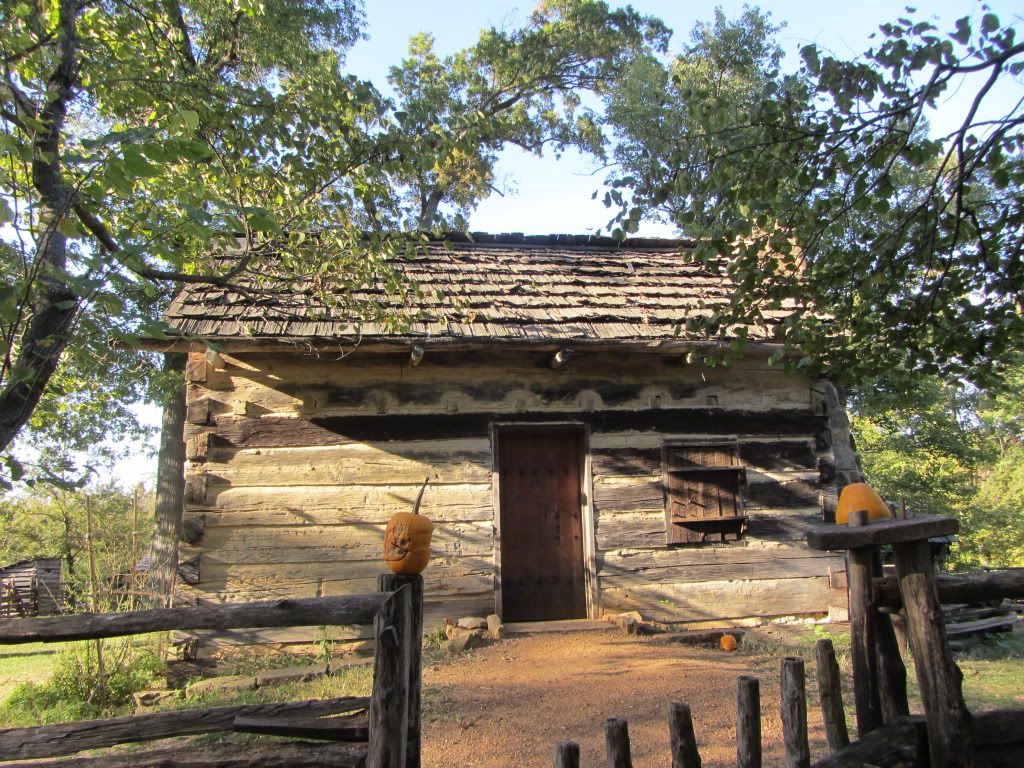The next morning dawned clear, clean and bright as we began the final day of driving. The Yukon was filled with gas, checked and ready to roll. Leaving this cowboy town, we powered up the on-ramp to the quintessential American Freeway, I-80 and headed west. We rode through the rising foothills of the majestic Rocky Mountains. Fields and crops gave way to sagebrush, rolling, open hills and increasing stands of dark green pines. The Medicine Bow Mountains, one of the many ranges in the Rockies, opened before us with infinite vistas, deep blue skies and wisps of streaky white clouds brushed onto the horizon.
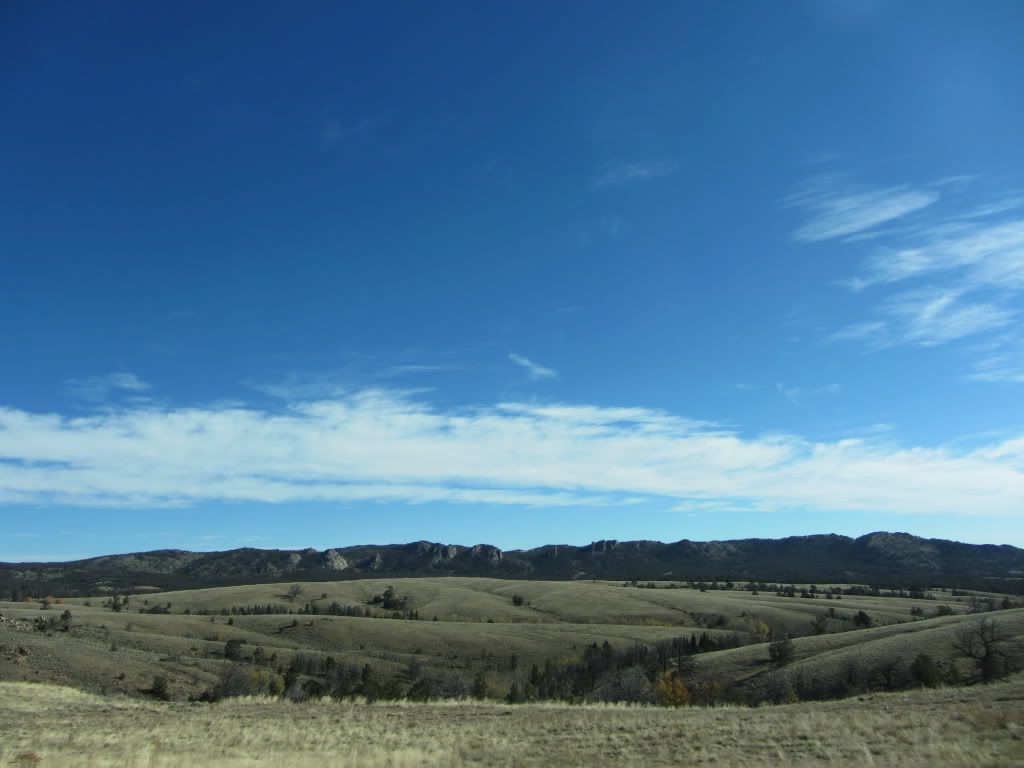
I-80, that twisting, concrete and asphalt ribbon that stretches from coast to coast, led us higher and higher into the mountains. Each hill we crested led to short downward coasting stretches of road then on to another climb, even higher than the one before. At last we reached the summit and indeed, the highest point on the entire length of this great, country connector. It was fitting that a visitor center and monument had been erected on that very spot. One might be surprised that a bust of Lincoln dominates this location. Back in the 1930's, a visionary man dreamed of a coast to coast highway and his wish was realized when the nation built just such a road, the first ever in this land to reach from the Atlantic to the Pacific Oceans, and it was called the Lincoln Highway. It was just a two lane road, marked by posts boasting a flat white square with a big blue "L" on it. I-80 now flows along almost the same route as the original Lincoln Highway and that is why Mr. Lincoln gazes, from its highest point, on the busy, rushing traffic that carries people, goods and produce across this great nation.
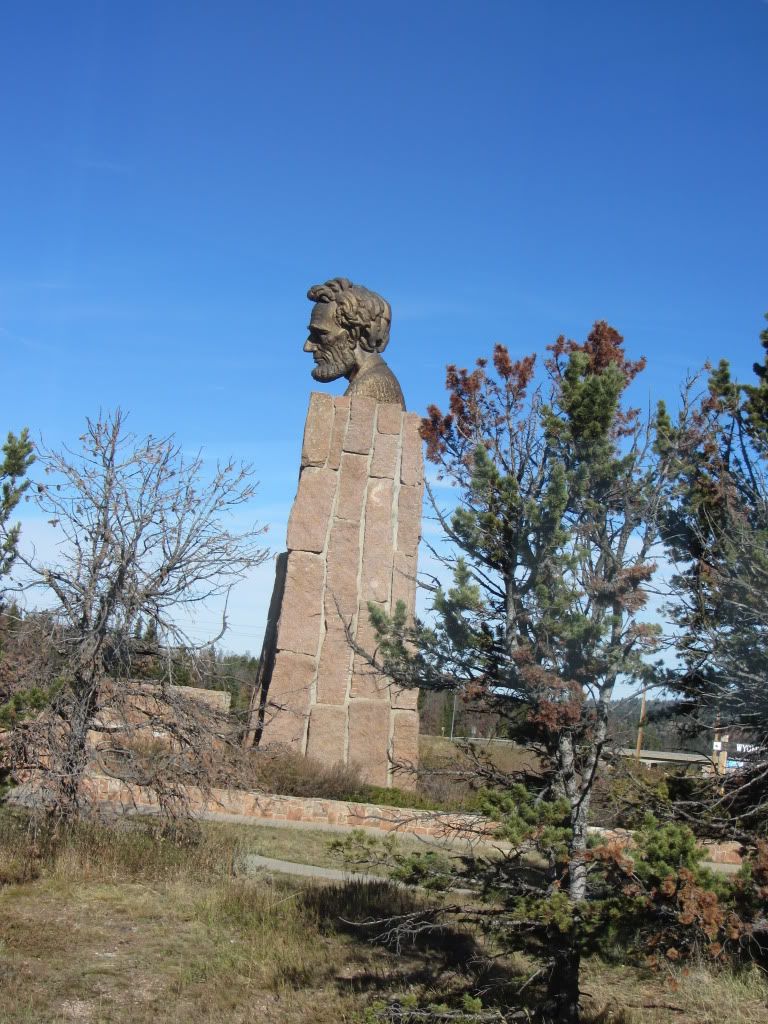
Lincoln appears somber and contemplative to me, as if he sees how the country he saved has become great and yet how threatened and struggling we are as a people facing huge and complex daily challenges, worries and dangers.
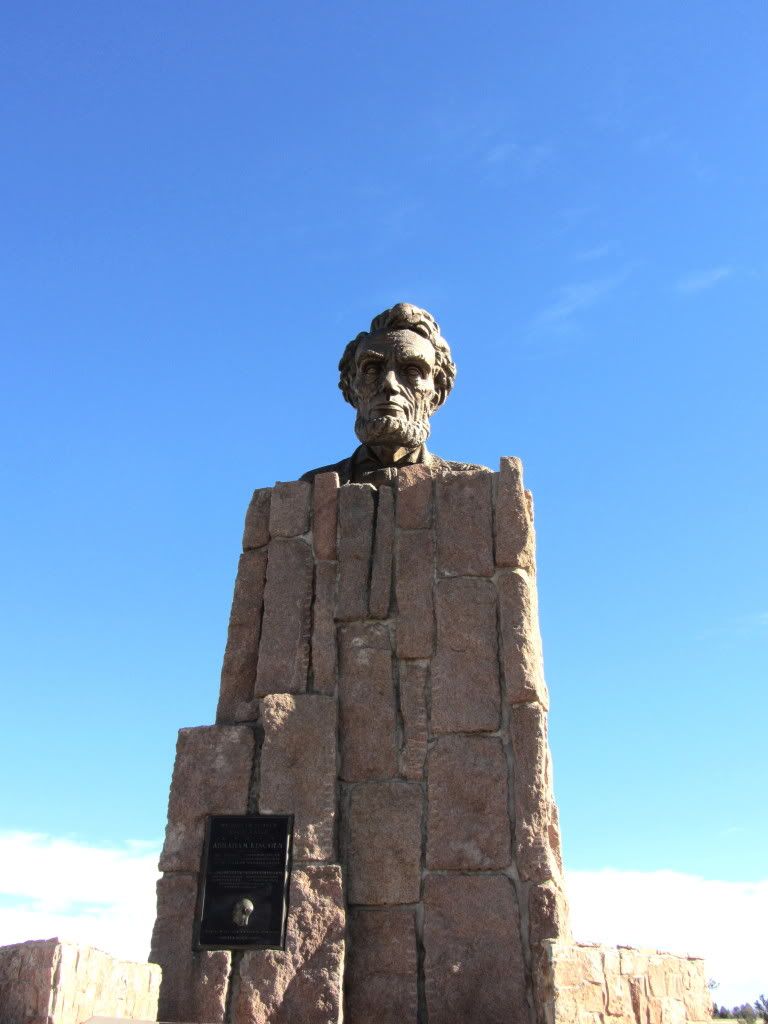
Standing right under Lincoln's visage, we could look along the freeway east as it descends the mountainsides onto the Great Plains and winds towards the wonderful states and locations we have so much enjoyed over the past 3 weeks.
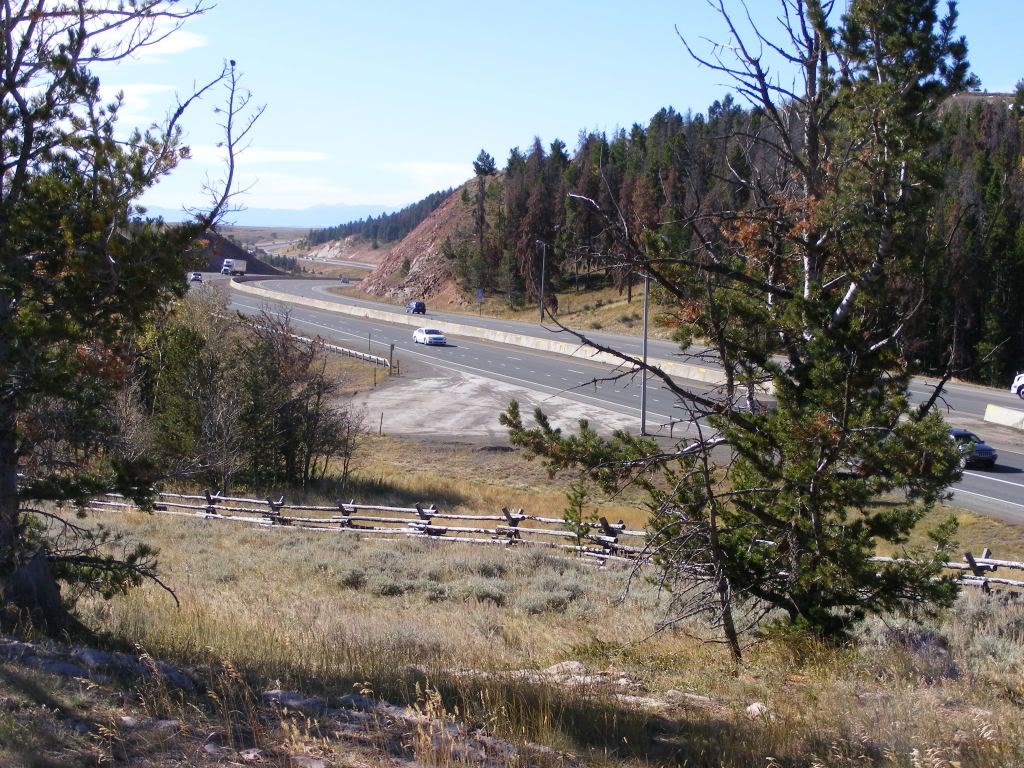
Again we turned west and drove downhill, but remained on the high country of Wyoming, scoured by almost constant winds and home to cattle, antelope, coyotes and patches of whirling, giant windmills, skylined on the ridge, pulling in energy as the wind jousts with the massive blades.
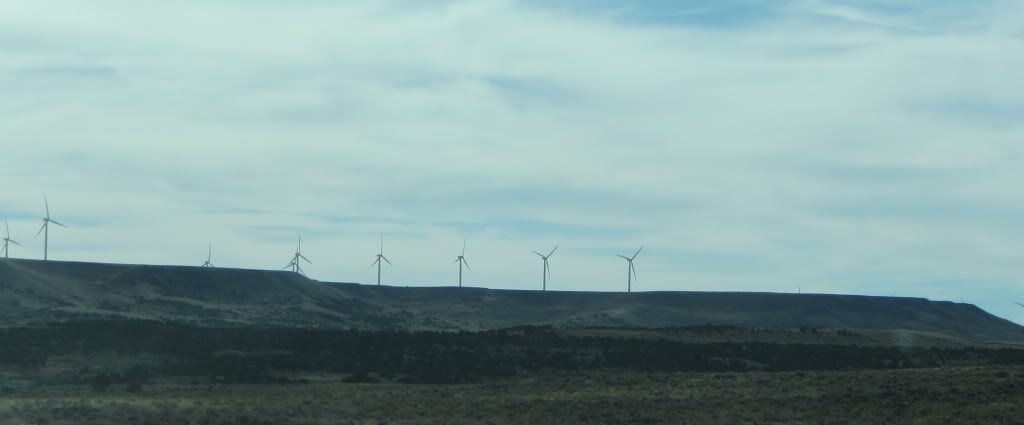
Driving was easy and the miles flowed past. It was a pleasure to feel the freedom of the road as we slipped through country both stark and beautiful and could see the familiar Uintah Mountains become more and more defined and majestic. At last we crossed the border past Evanston and found ourselves once more in Utah. Here, the freeway follows some of the Mormon Trail and leads through Echo Canyon, perhaps at its loveliest this time of year. The afternoon sun seemed to heat the stone so that it glowed with warm orange and highlighted the green of the trees and brush. For us it spoke a welcome and the comfort color of this great State.

Past Echo Reservoir we drove, through the twisting, turning canyon beyond Wanship and into
view of the autumn painted mountains which cup Park City in embracing wraps of green and g0ld, speckled with red. Down Parley's Canyon and into The Valley, home at last.
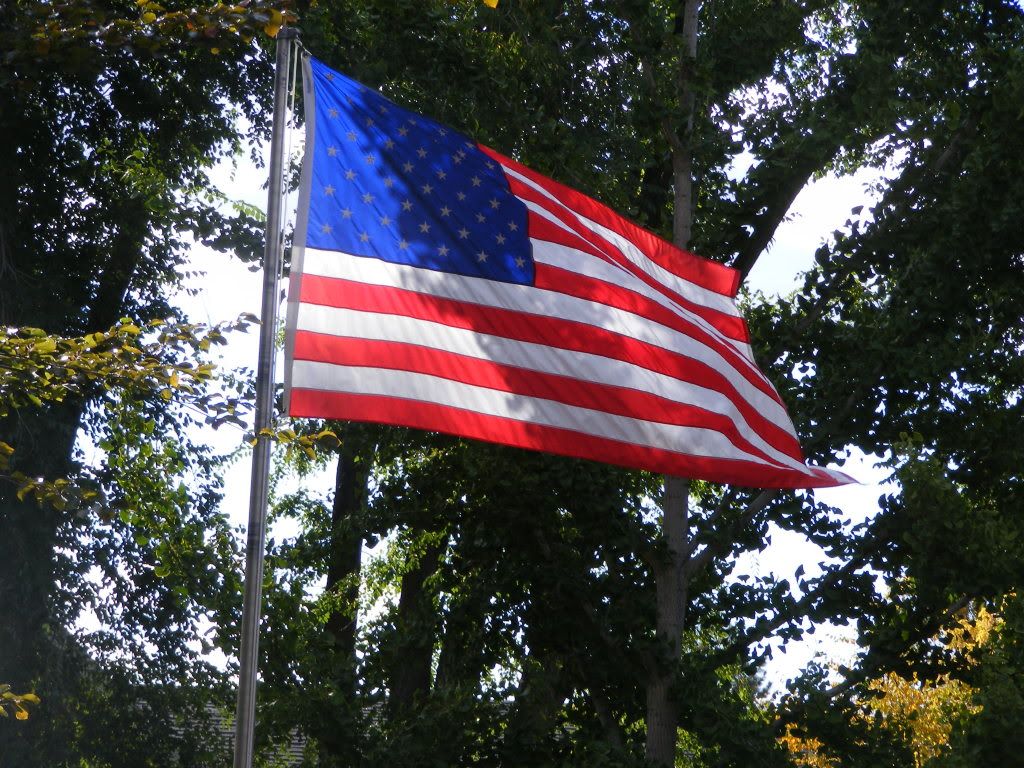
Our love of this land has increased many fold and gratitude fills our hearts. We are grateful for the freedom to travel almost 6000 miles and not show a passport or be stopped and questioned. This nation is rich in beauty, produce, people and potential. We felt safe and welcome everywhere we went. Wherever we traveled, we were touched by the vast number of American flags flying above city centers, shopping malls, homes, farms and even on cars and motorcycles. The citizens of this land are patriotic by nature and love their country. Our hearts join with those who recognize the privilege it is to live in this unparalleled nation. It has been blessed by the hand of God and is founded on the blood of patriots who were willing to give all, including their lives, that we might live free! We should give daily thanks that we are Americans. Nowhere else on earth do people enjoy what we have, and we too often take those blessings for granted. We are an exceptional land, nation and people.
Our journey was spectacular and yet we only touched a small portion of what is open to us. We will travel again, but are also glad to be home with family and friends. We deeply love America.
God Bless the USA!
